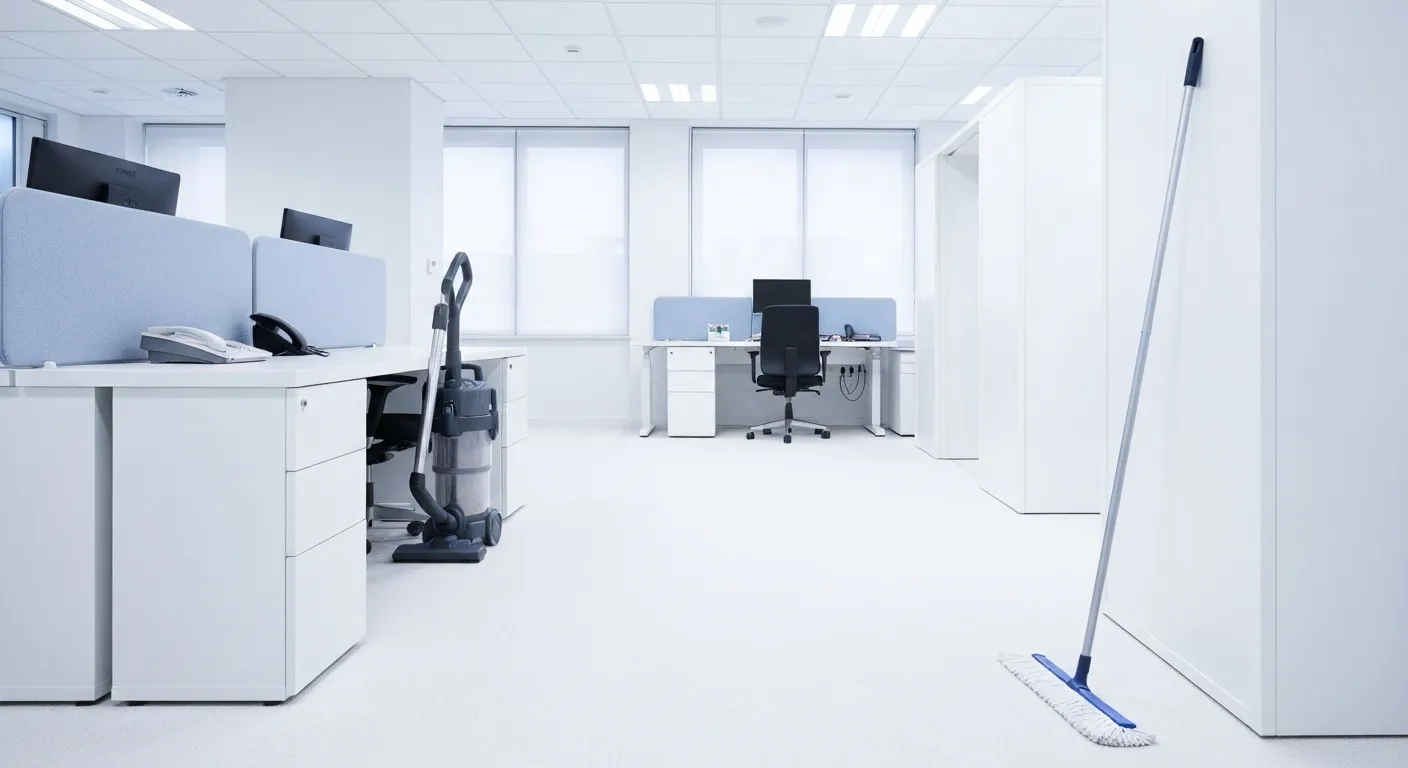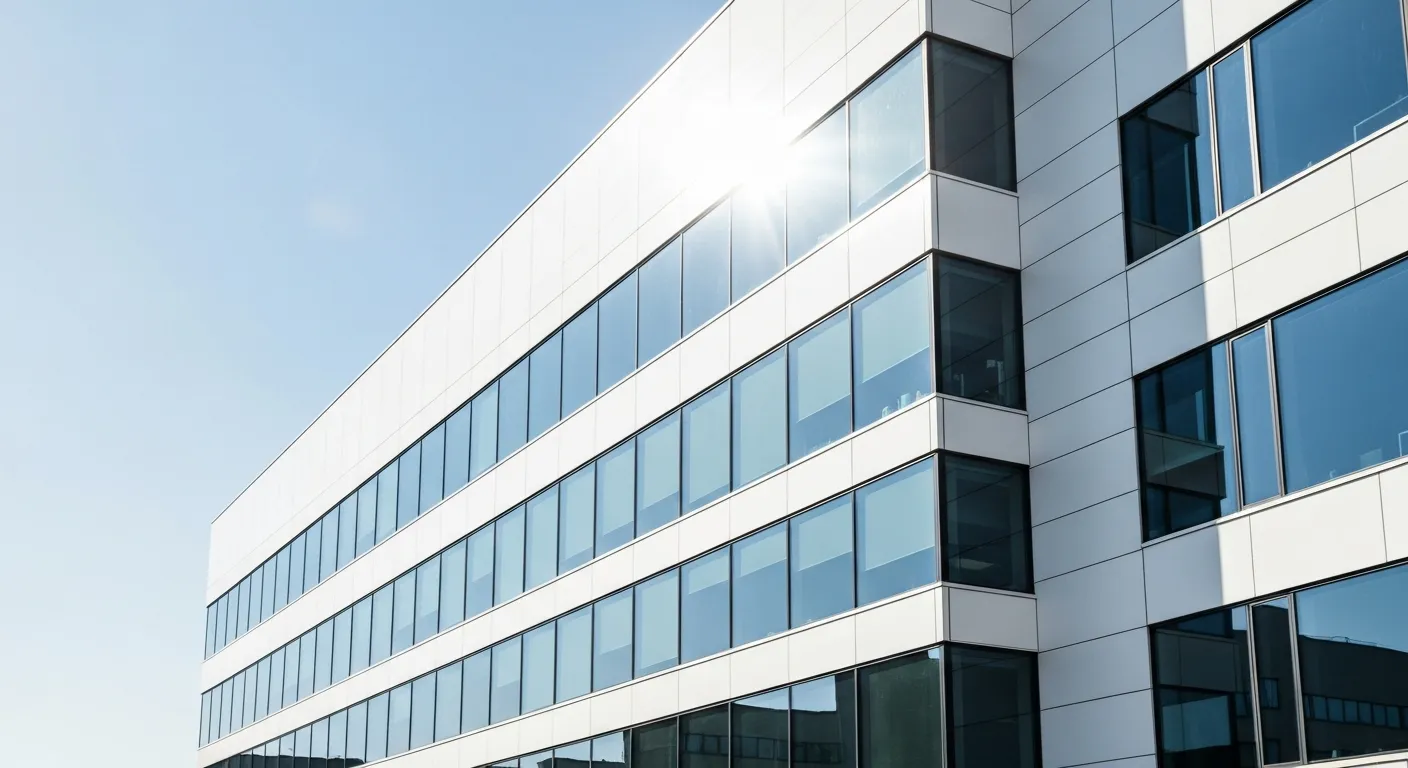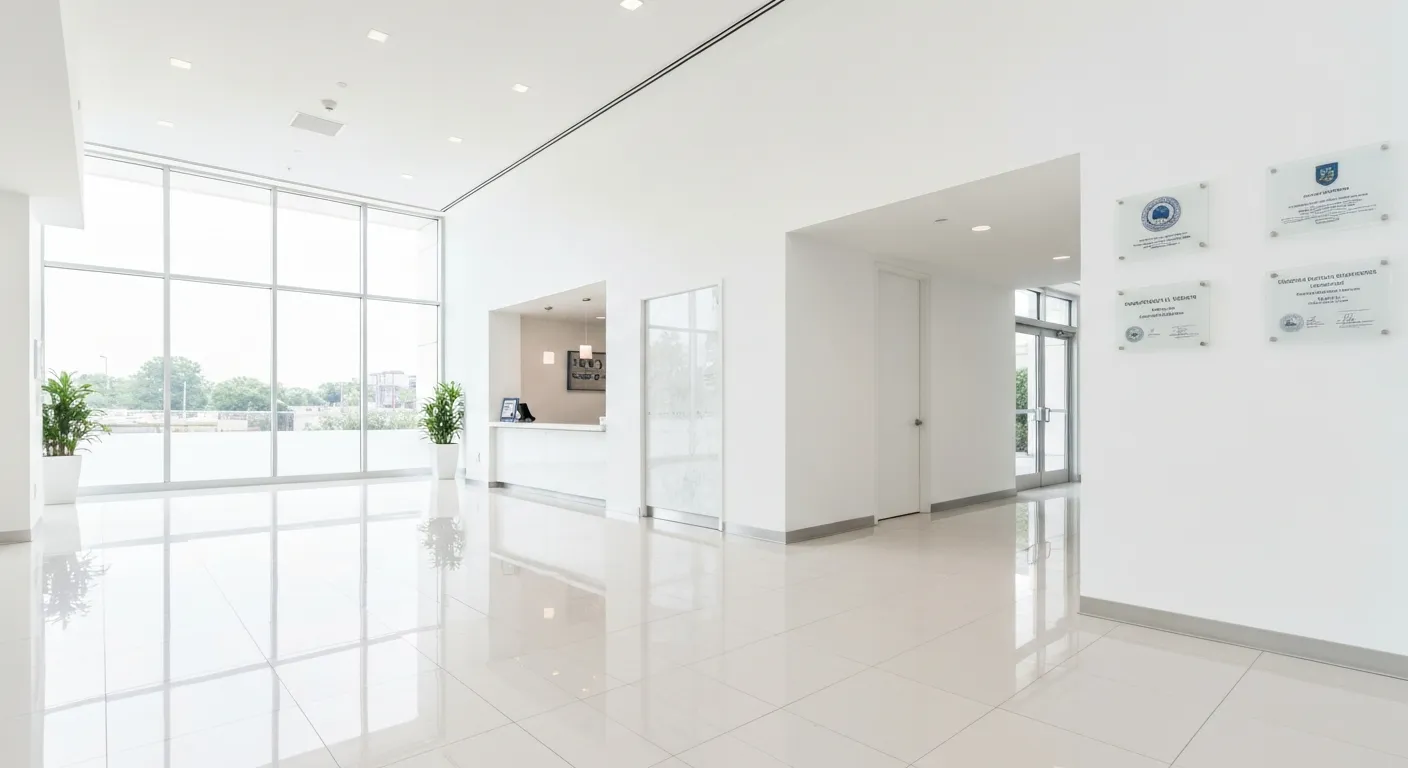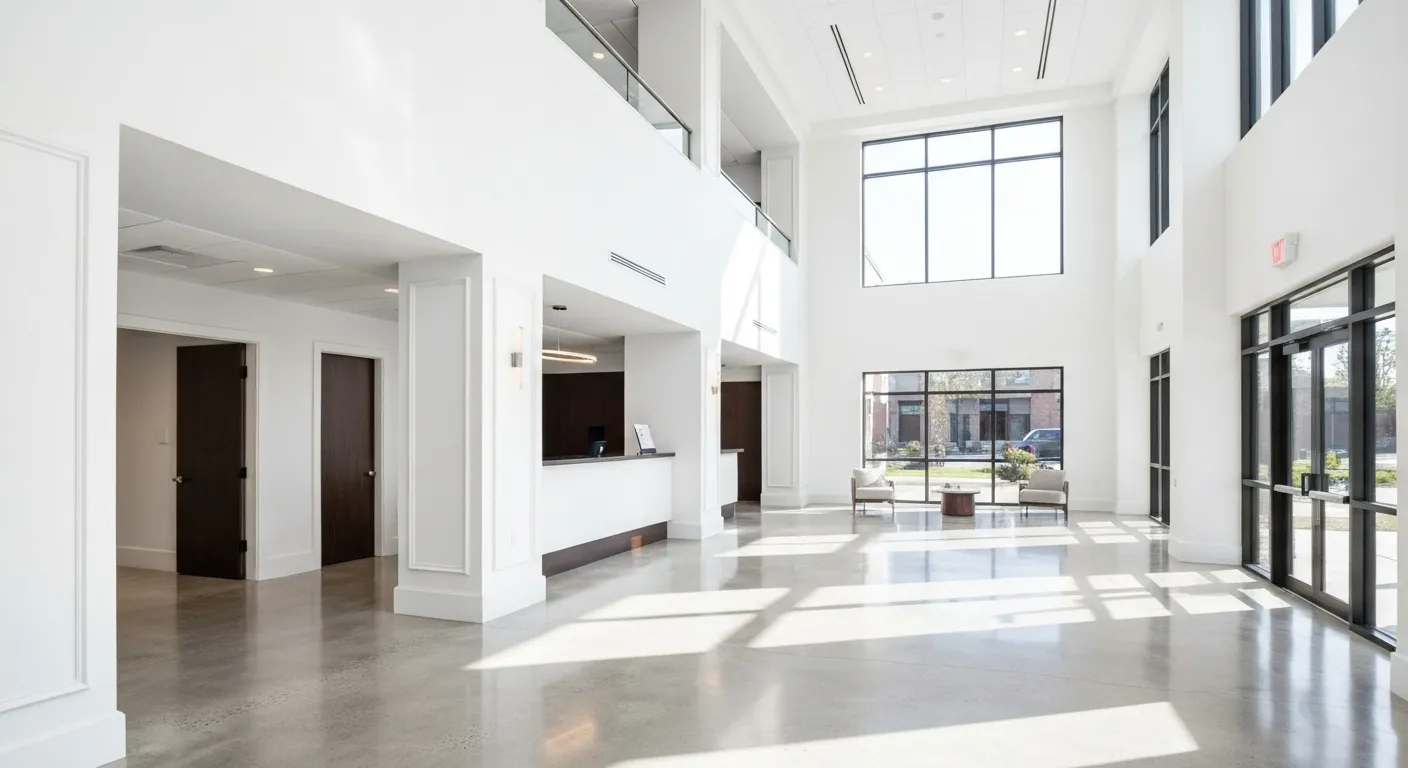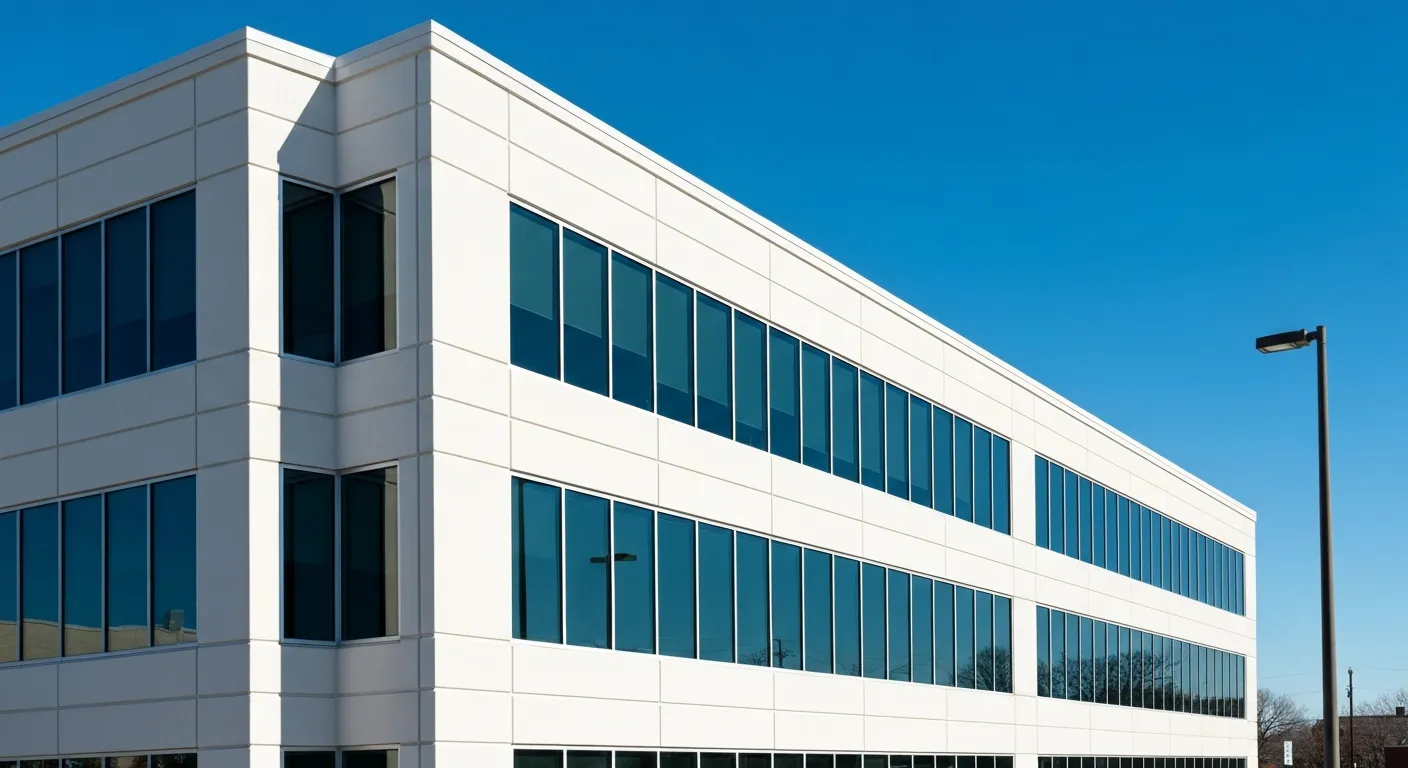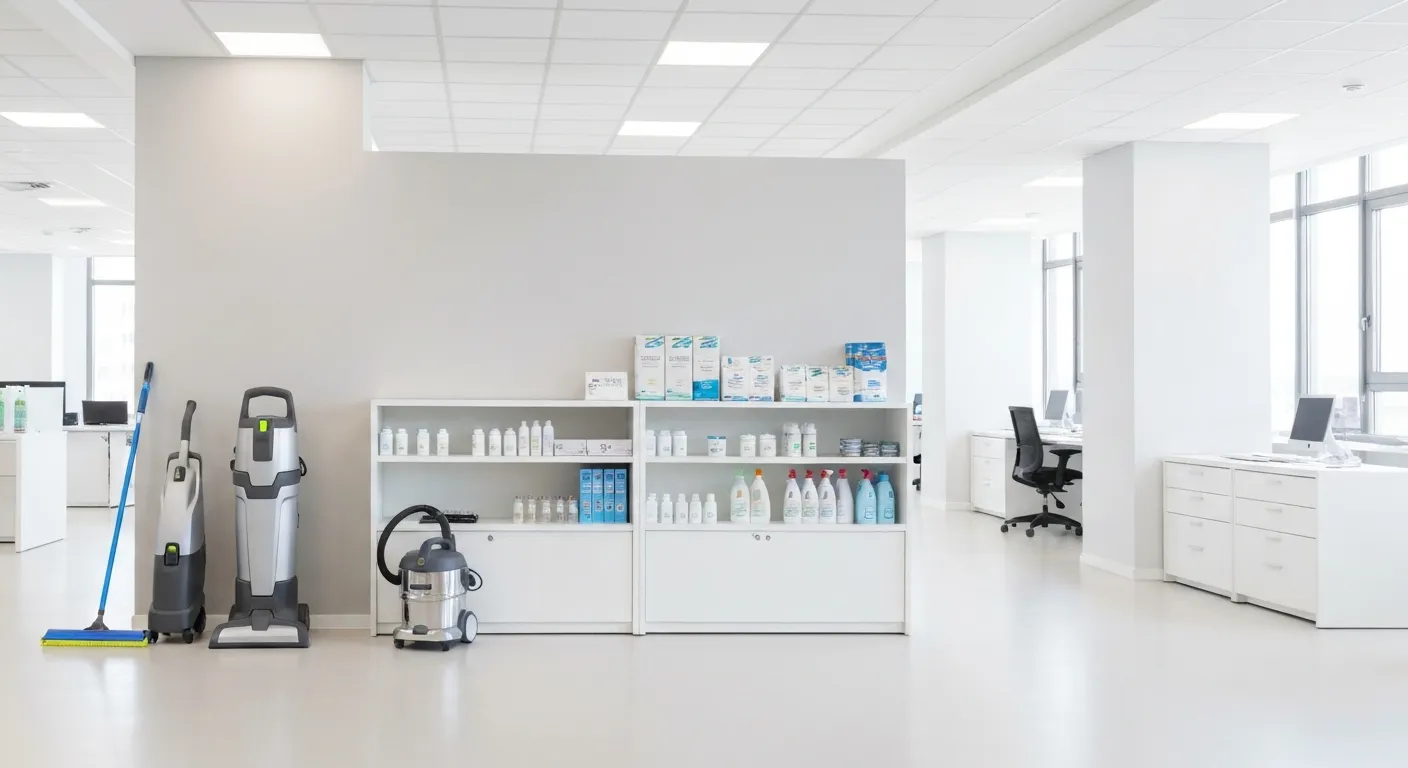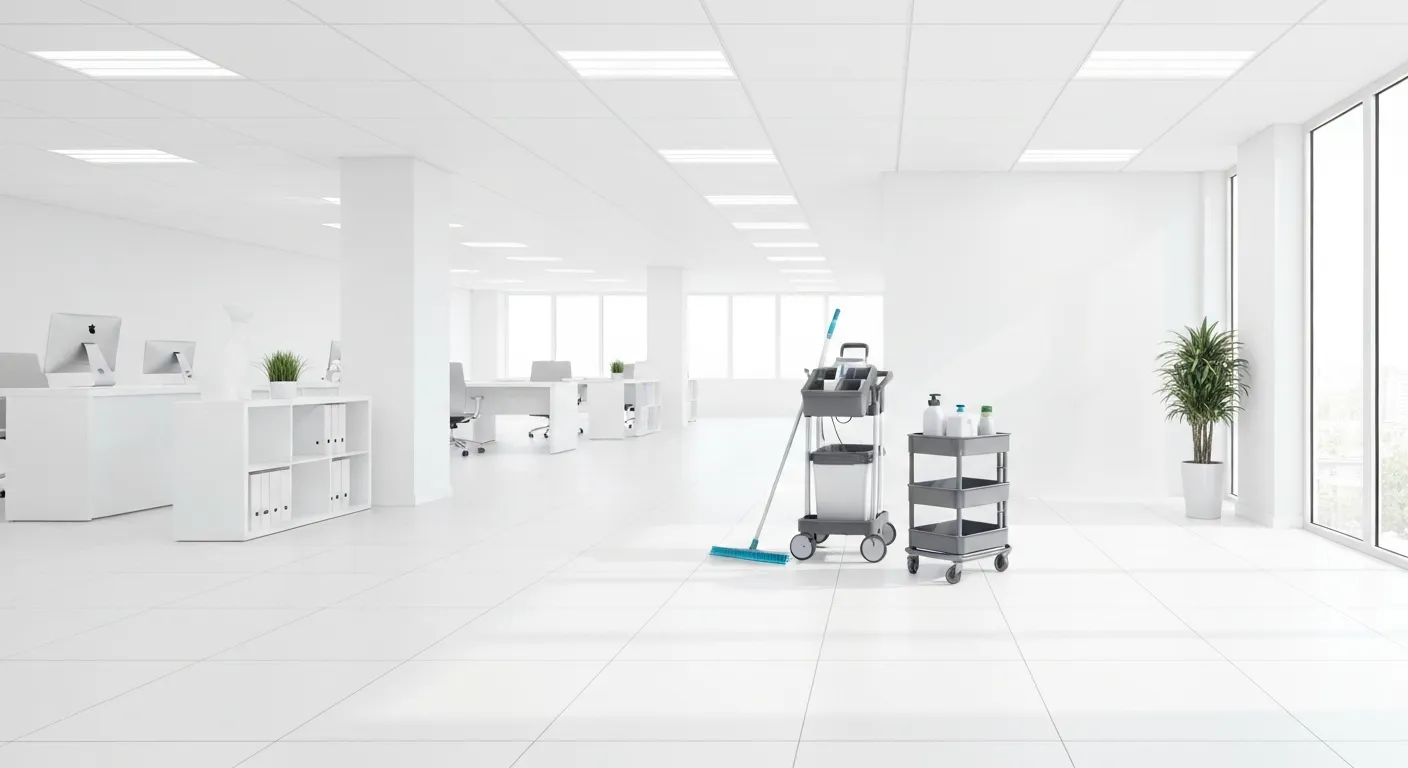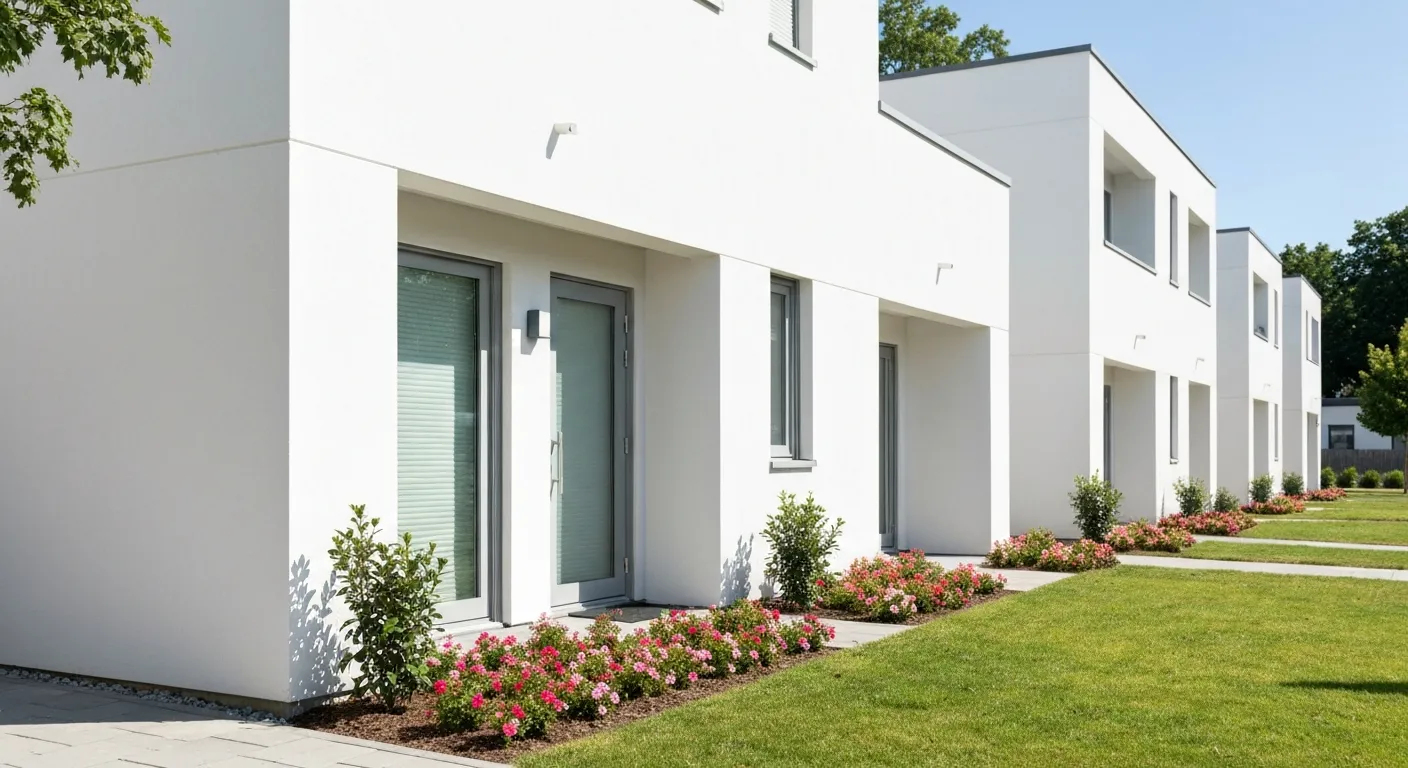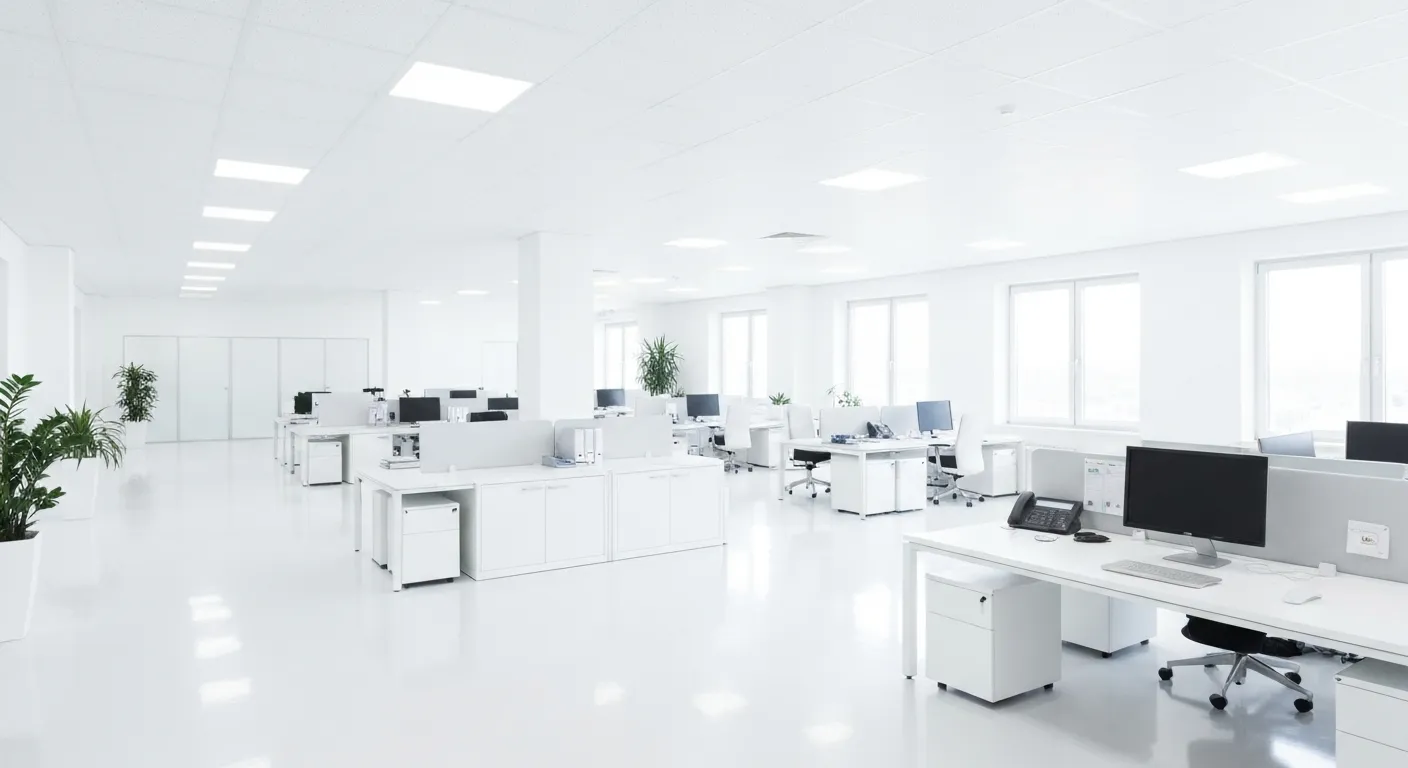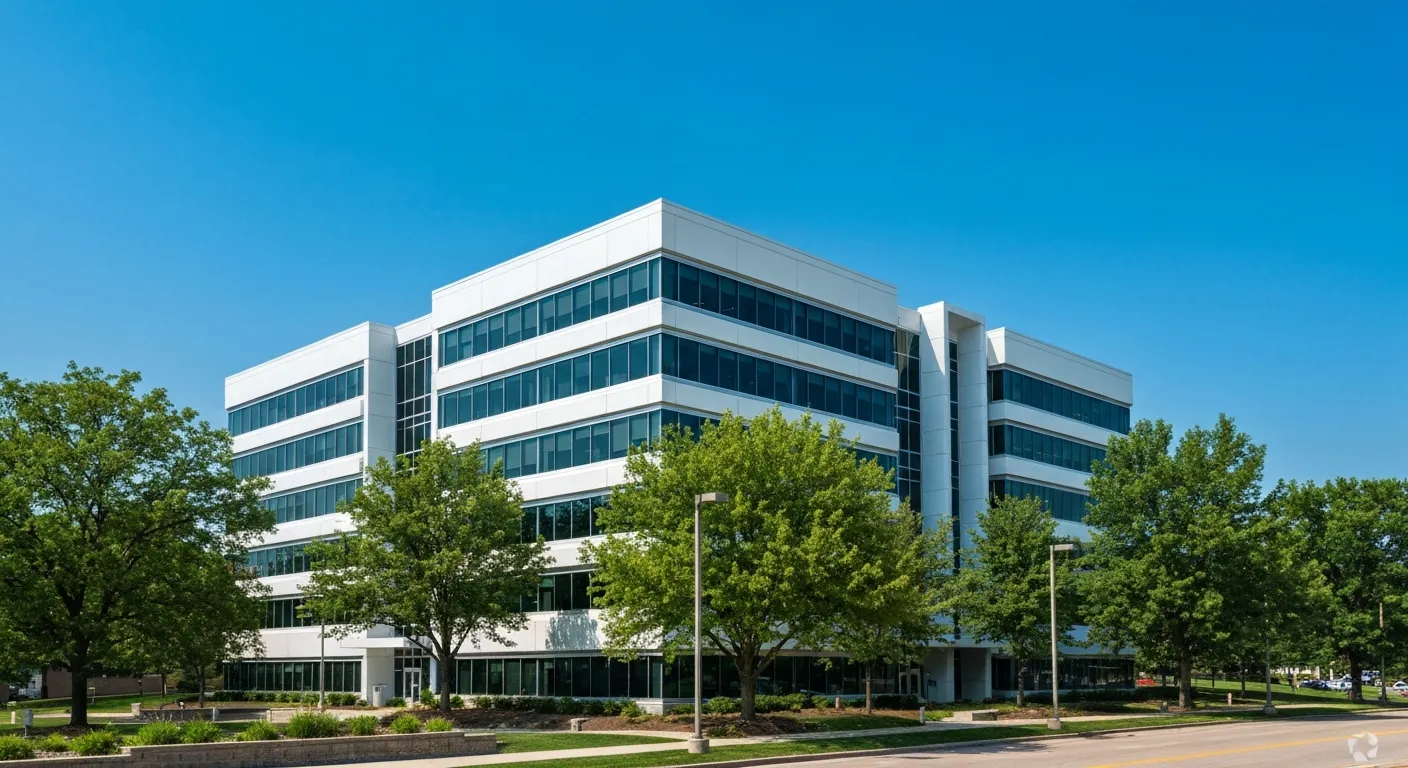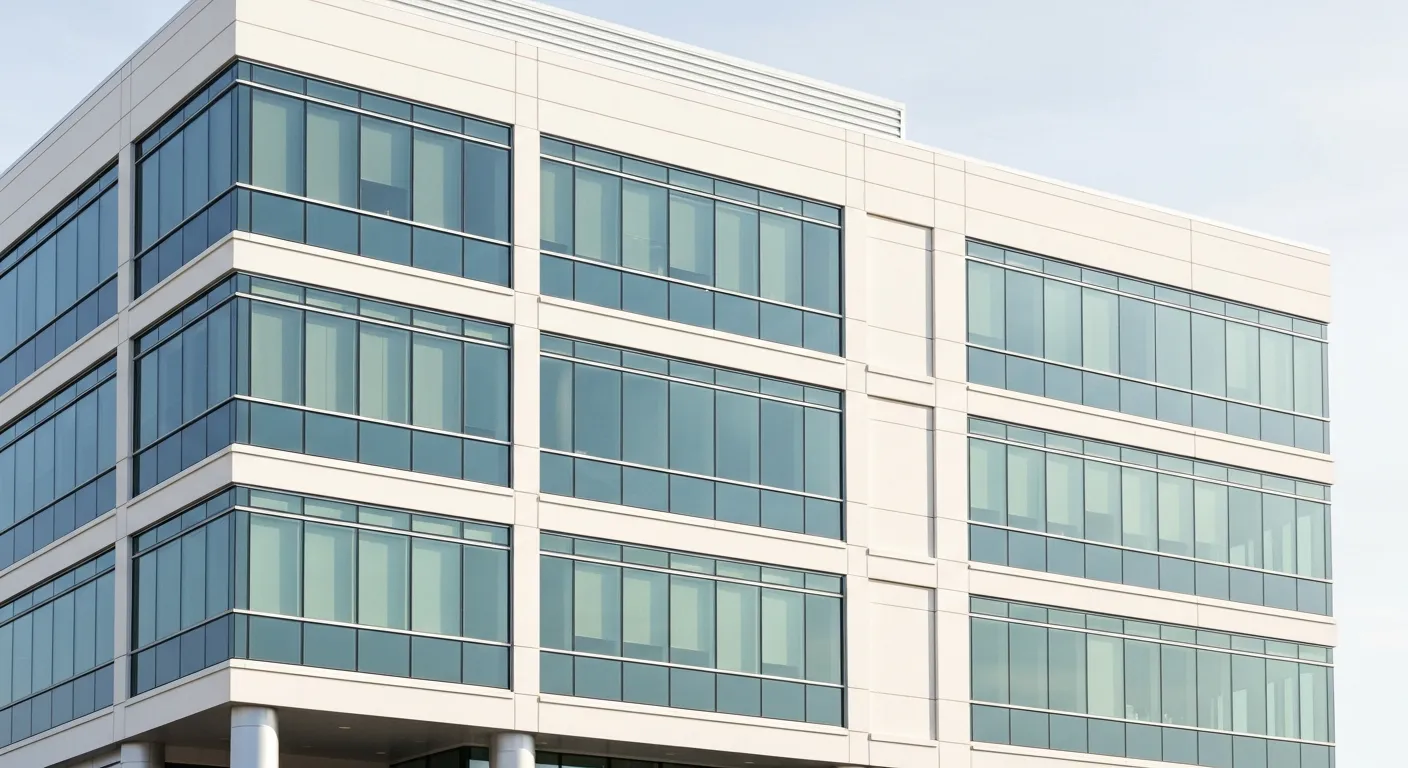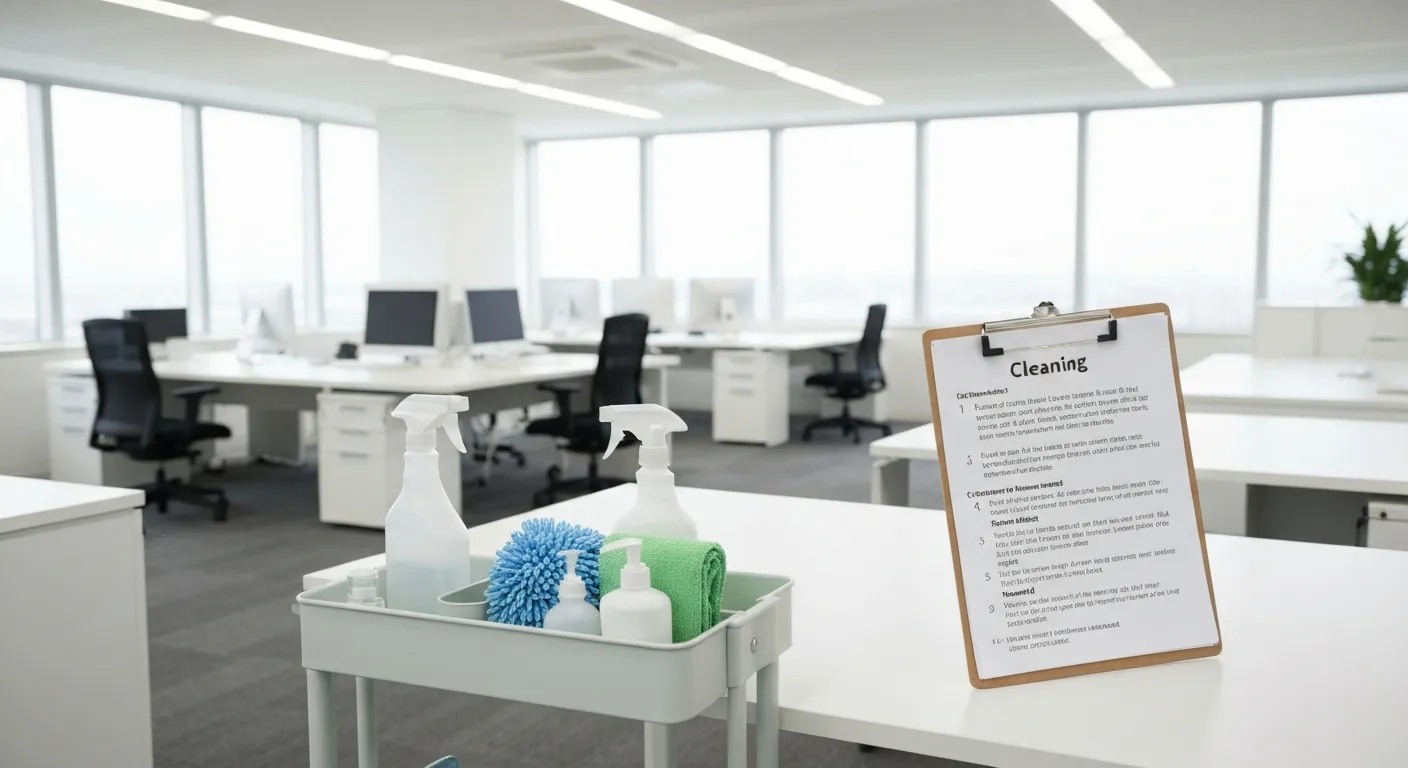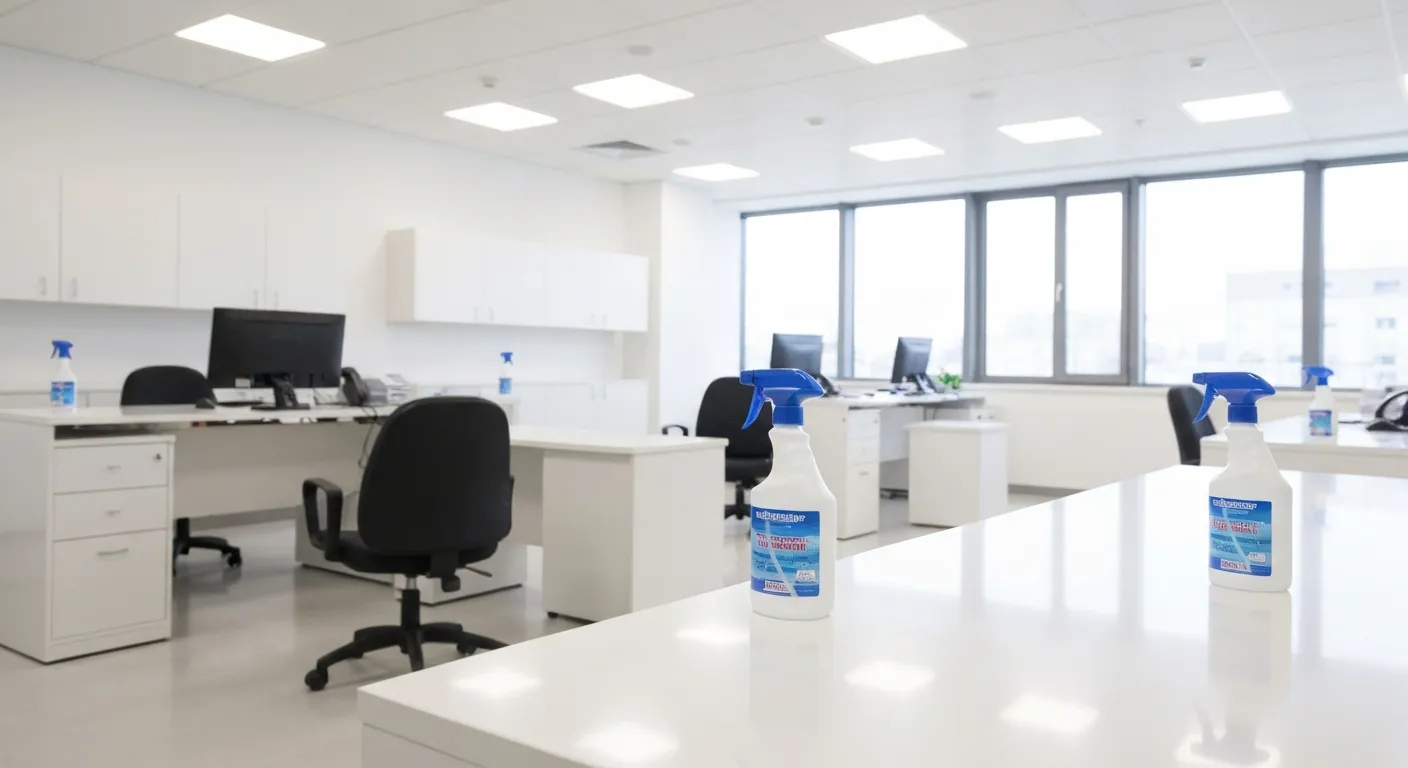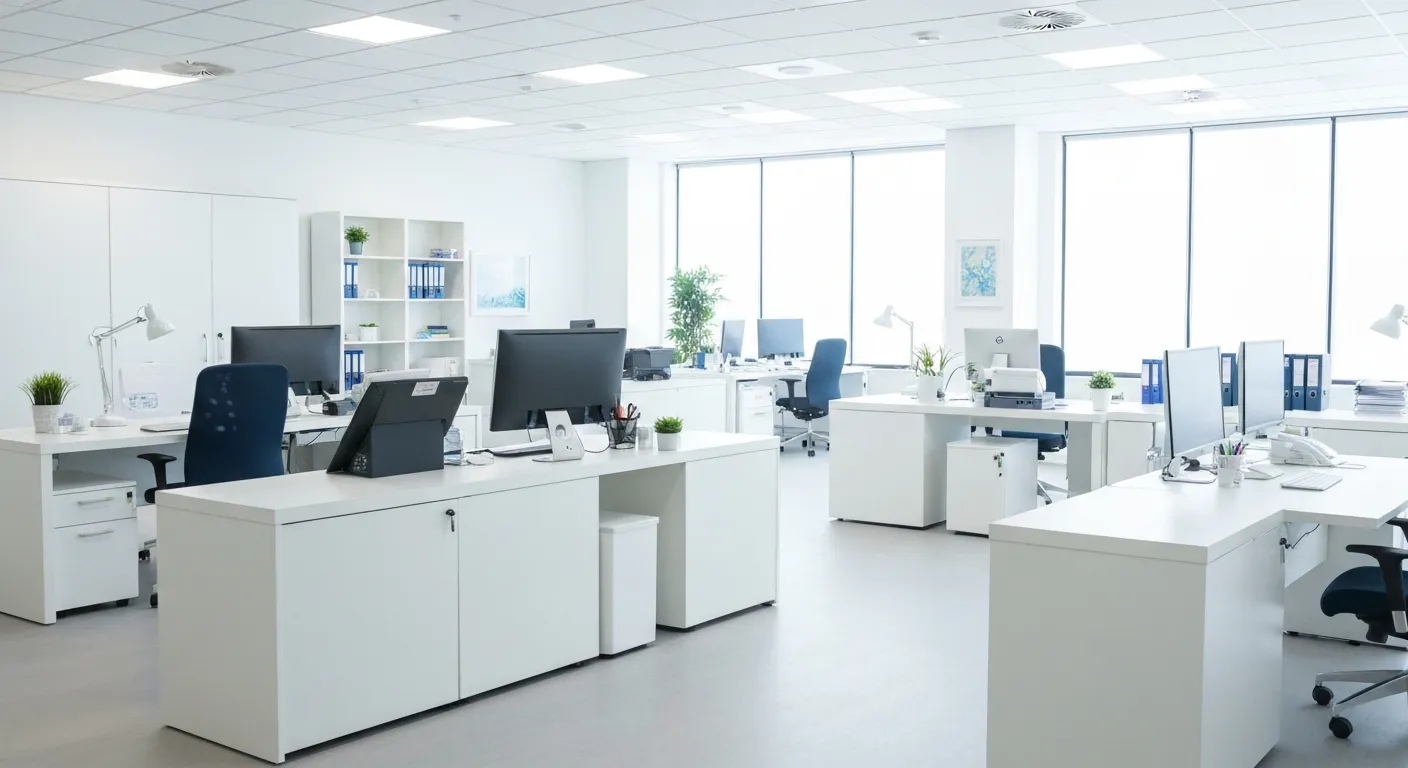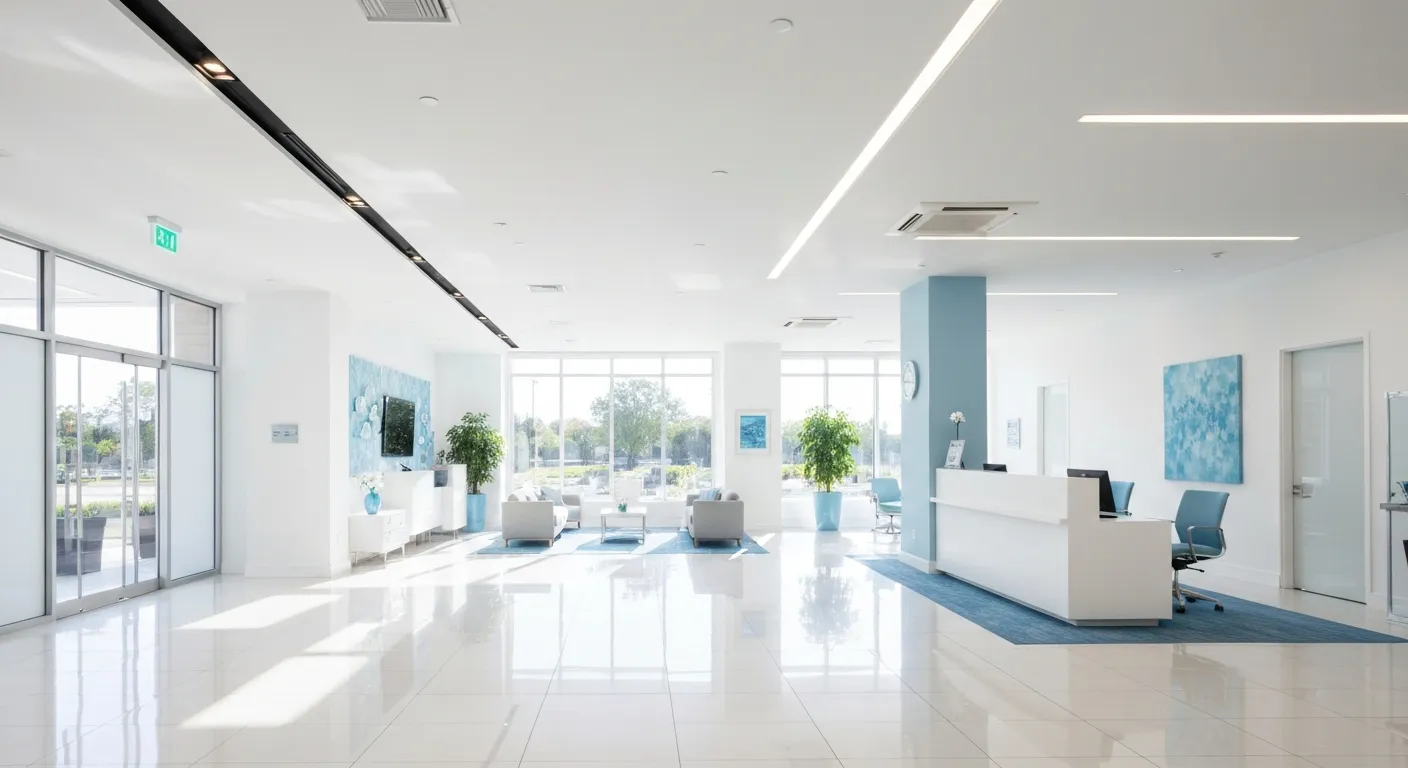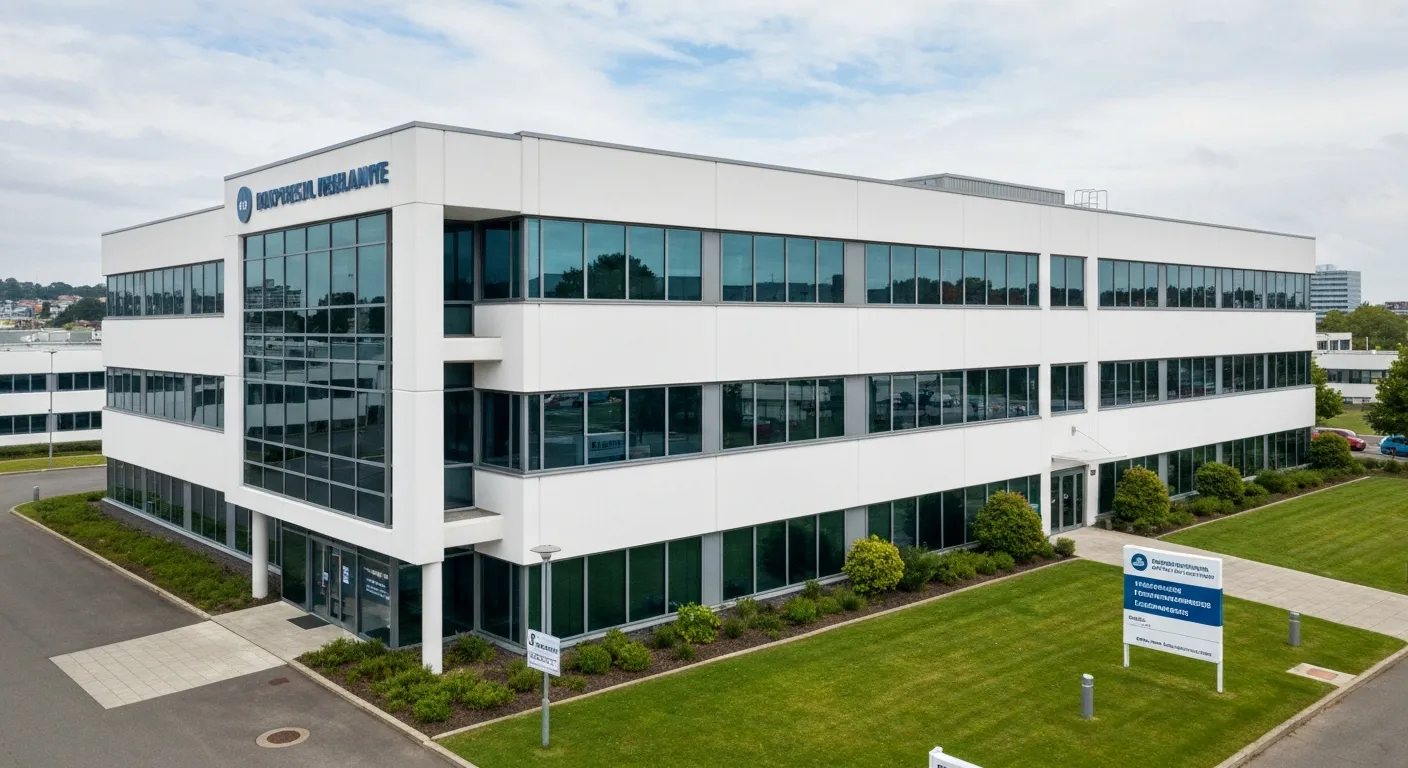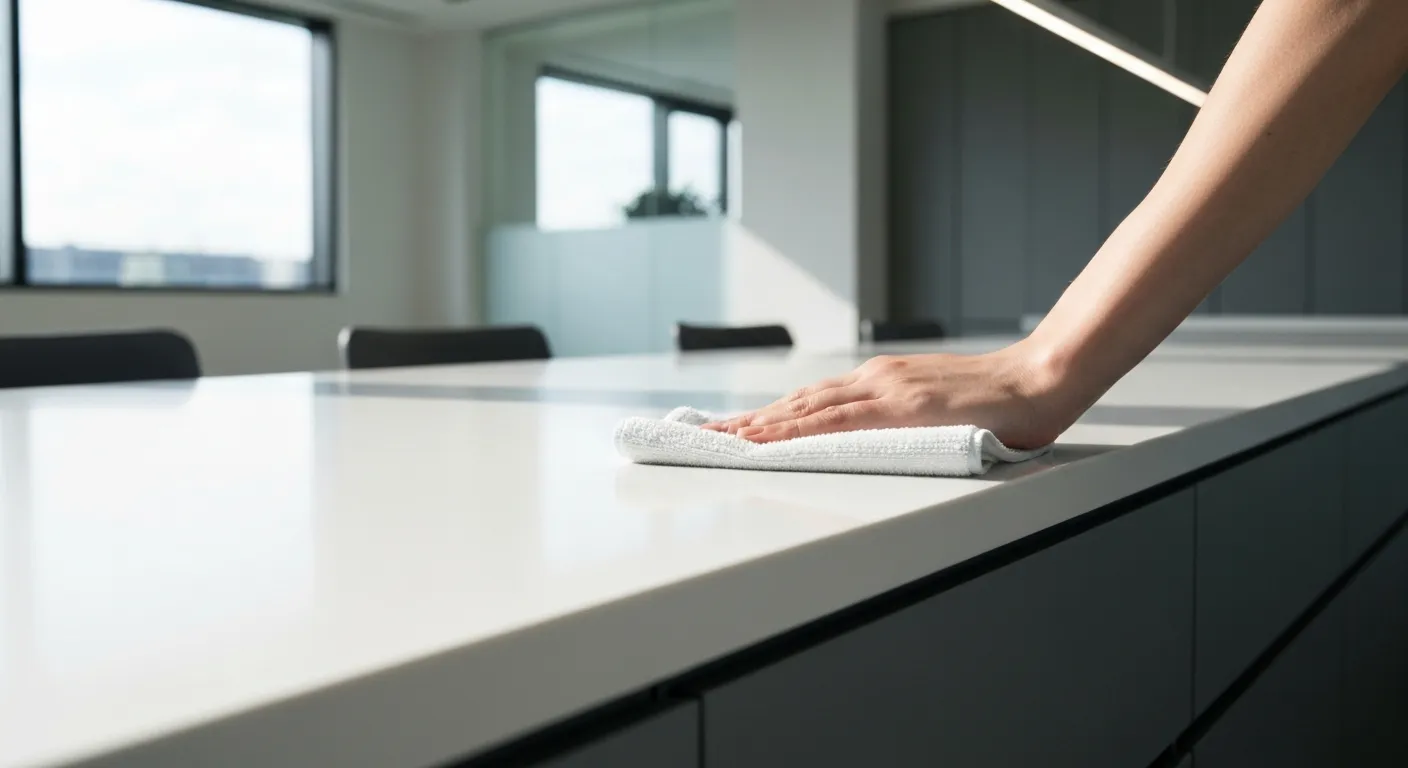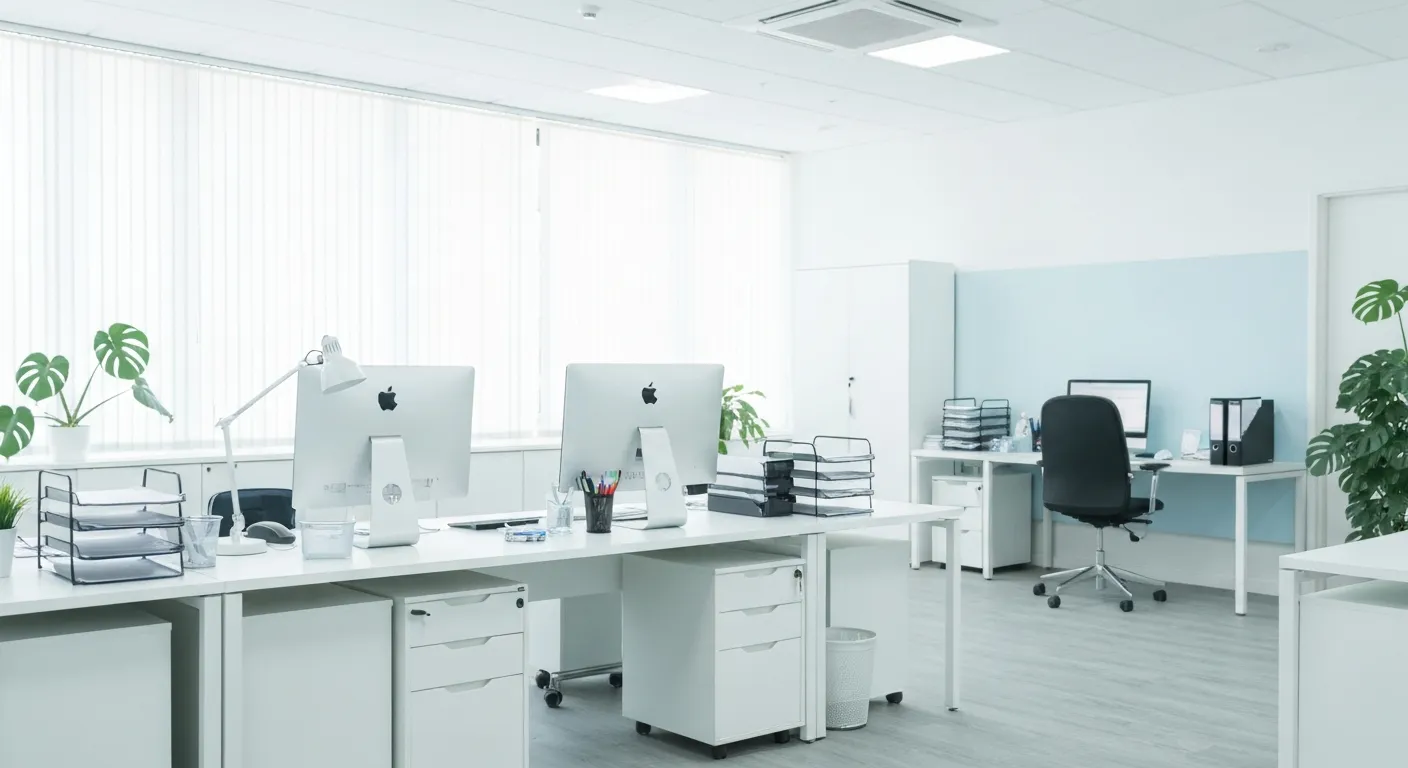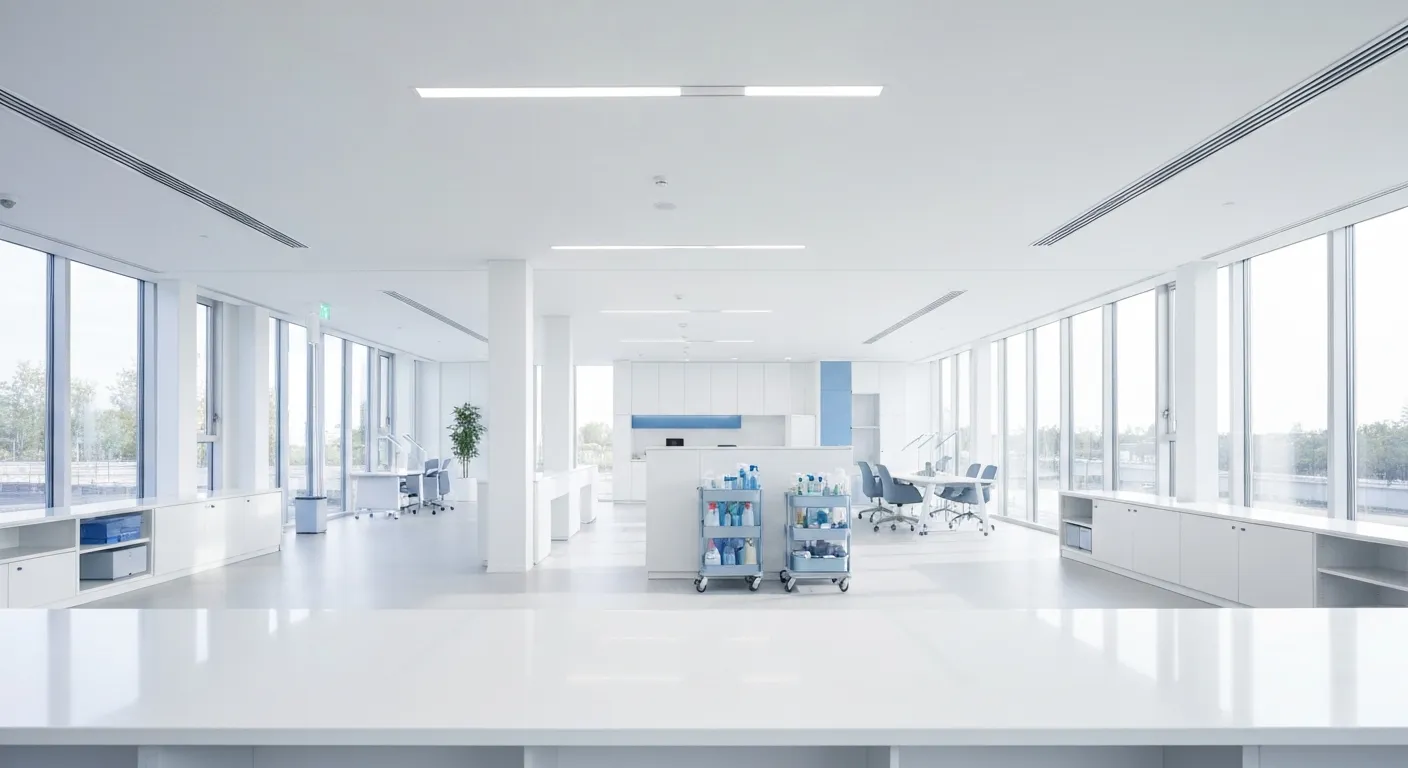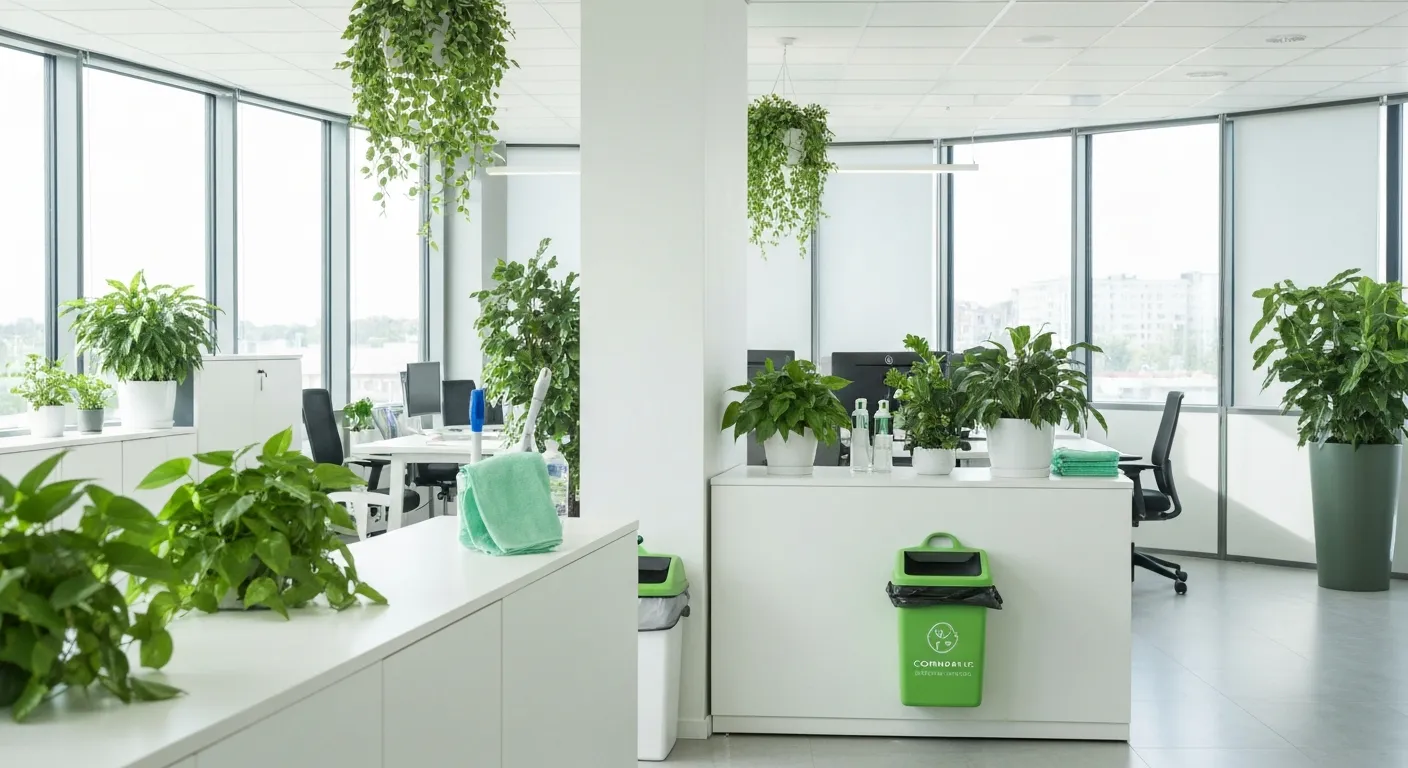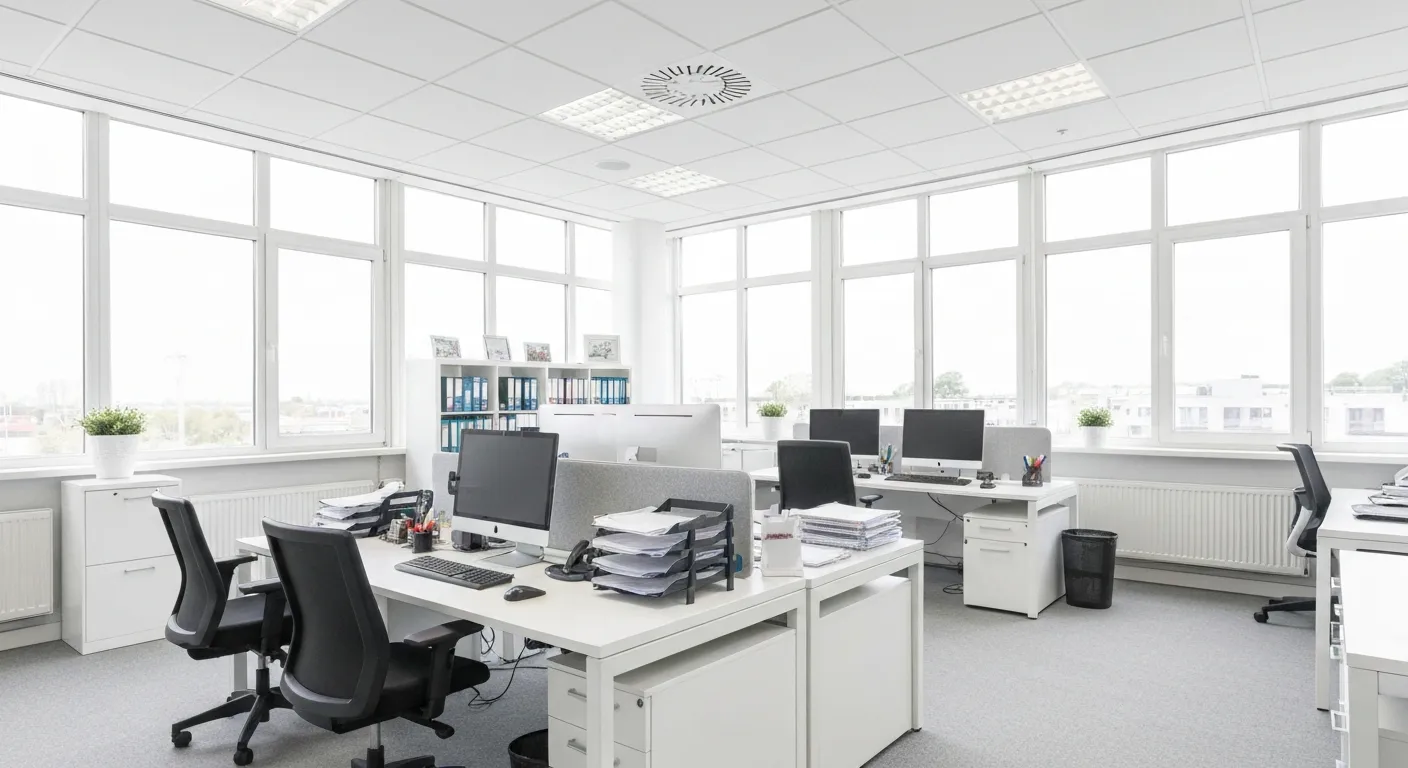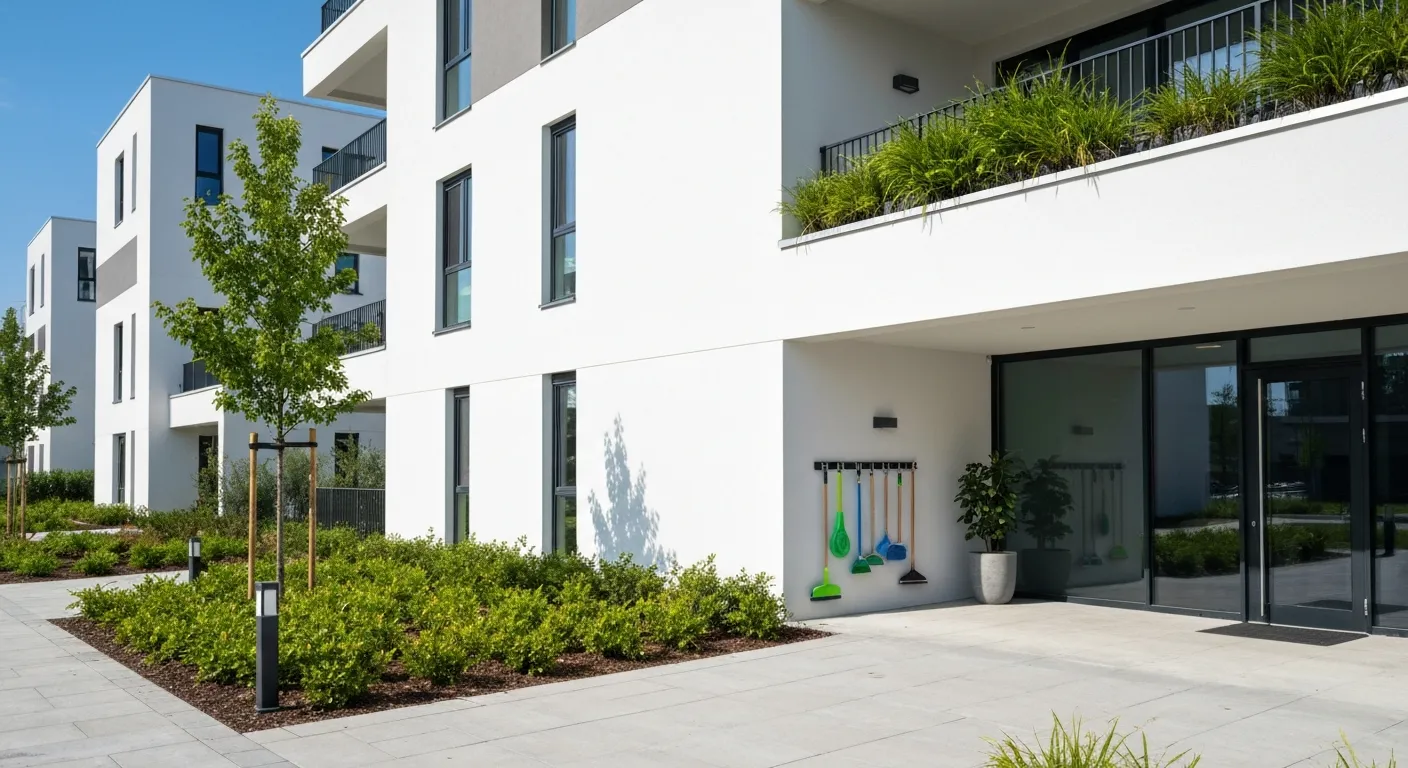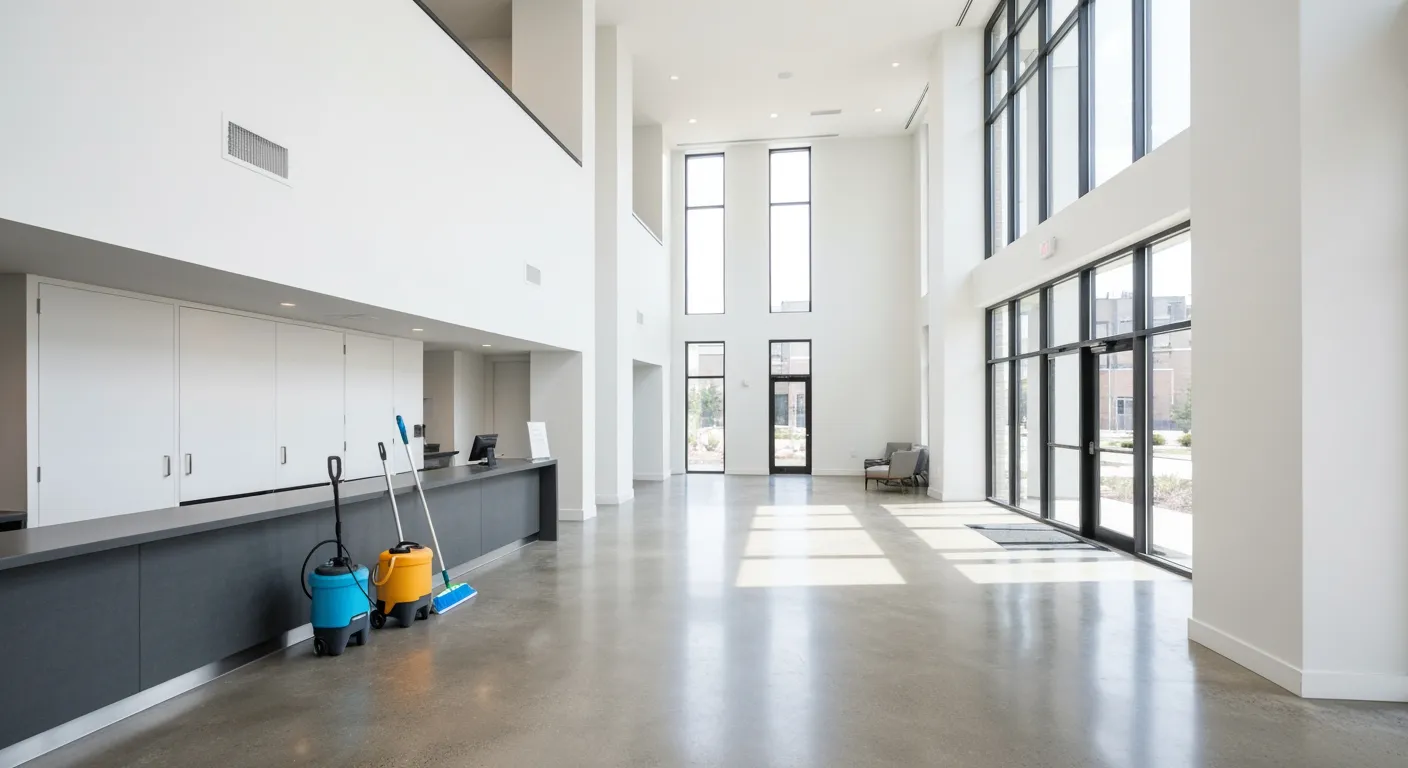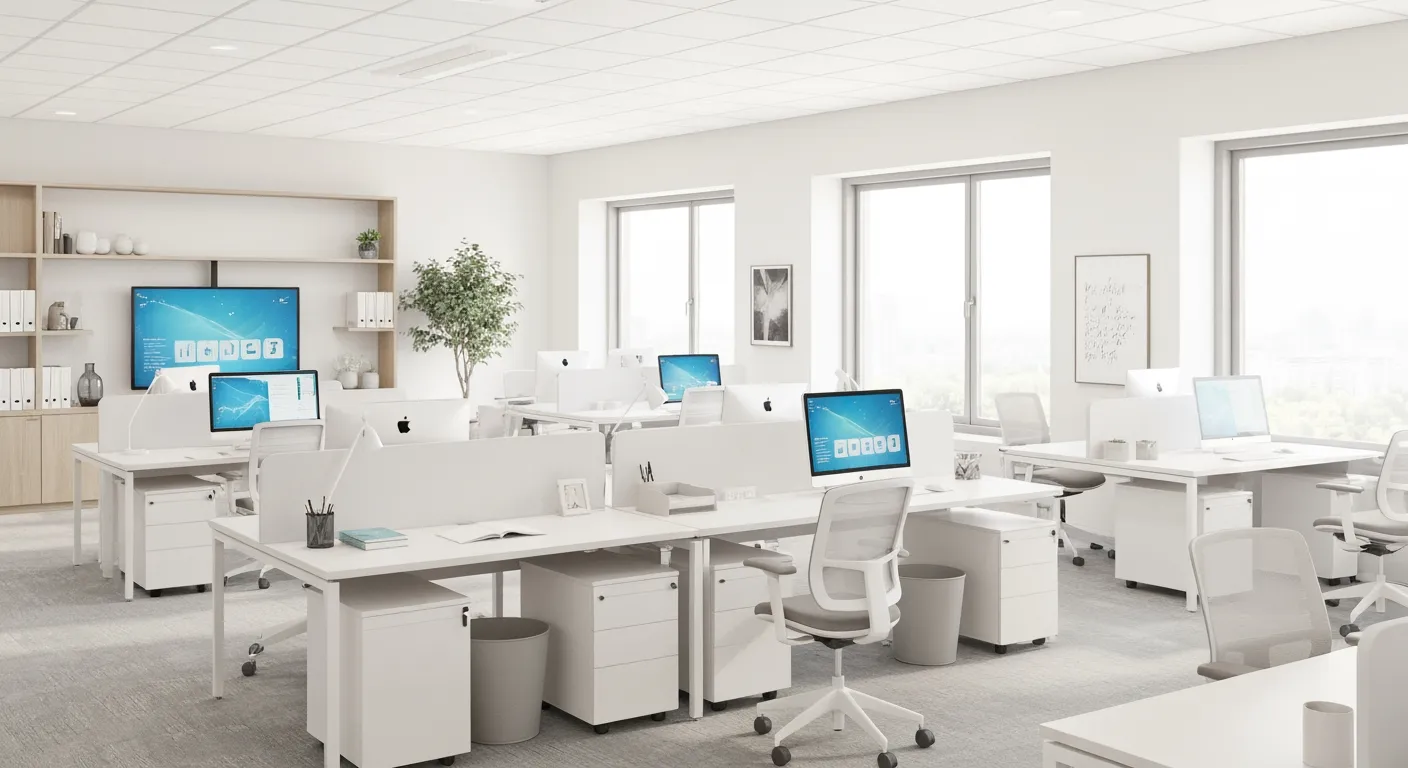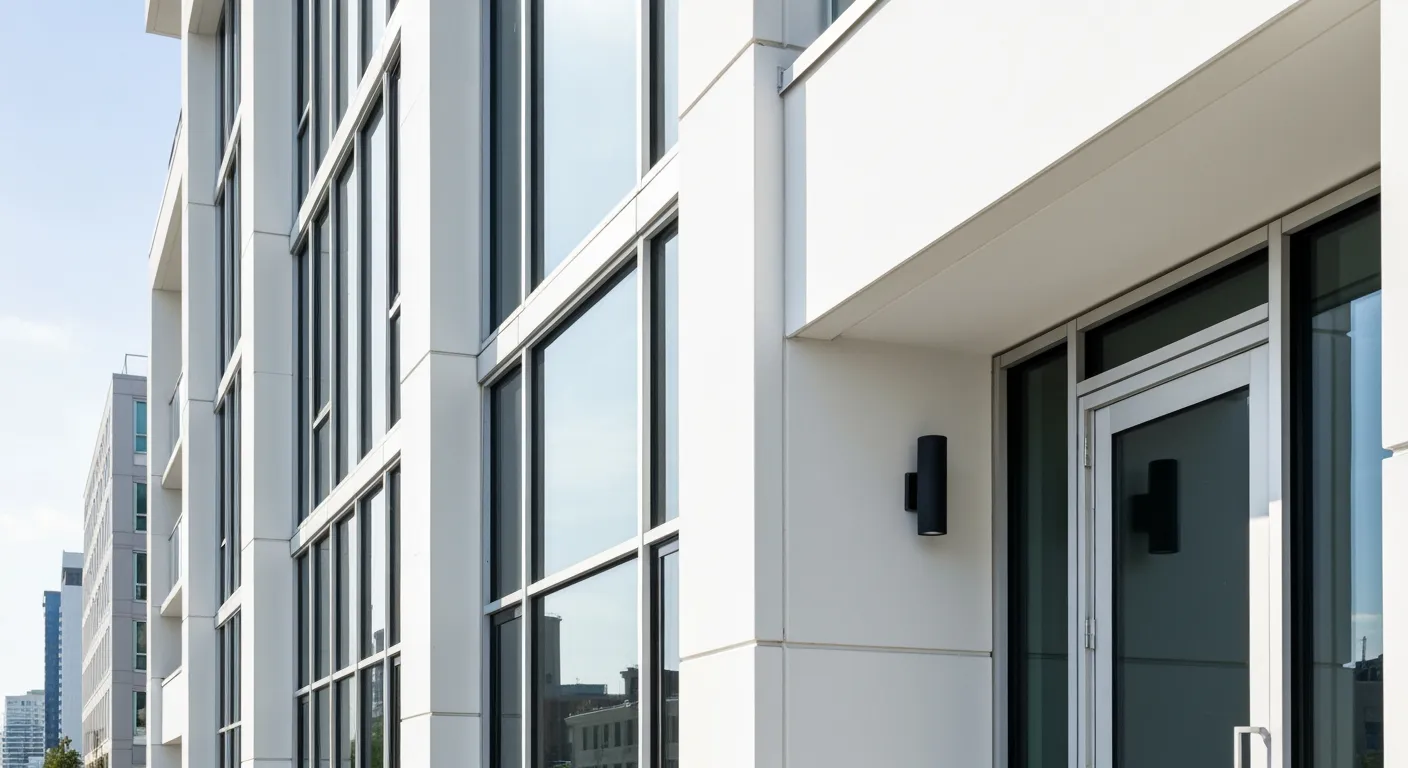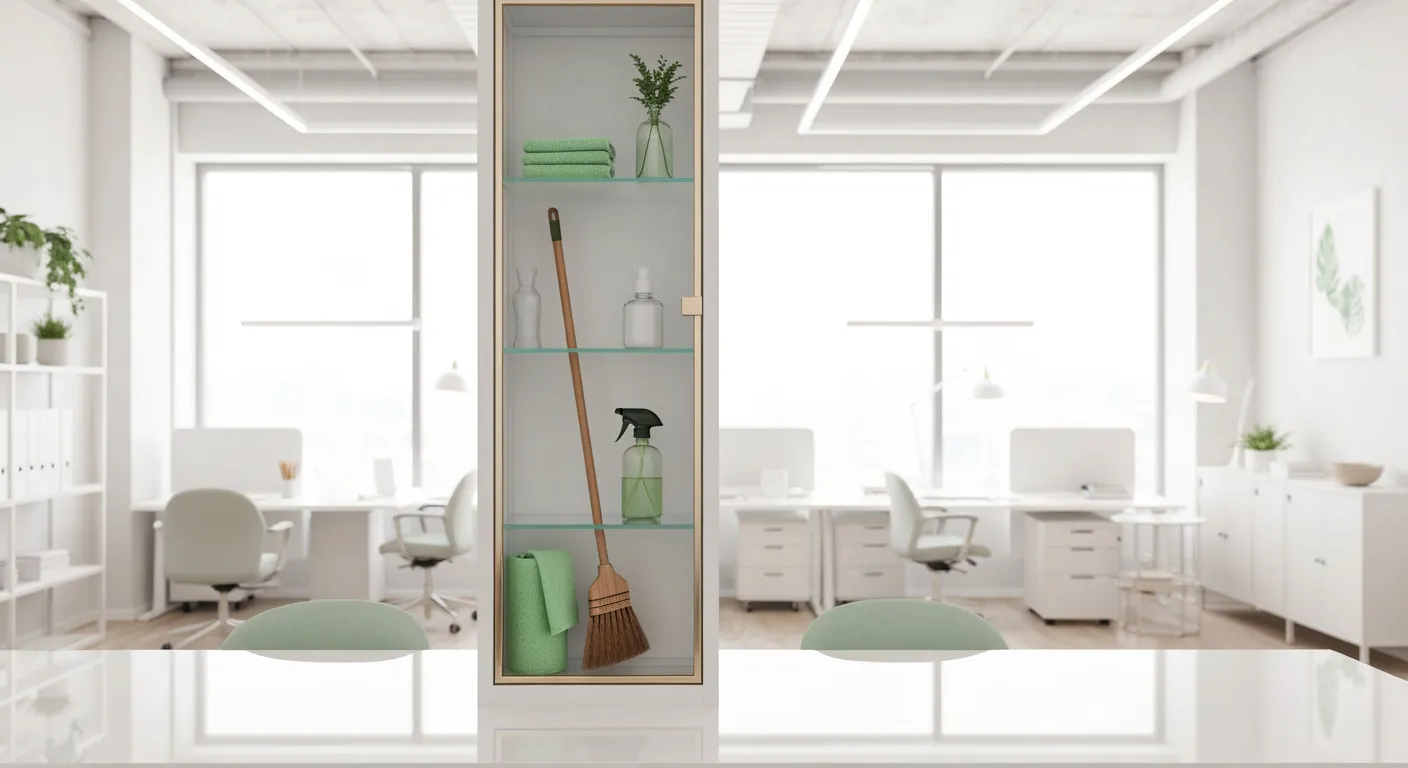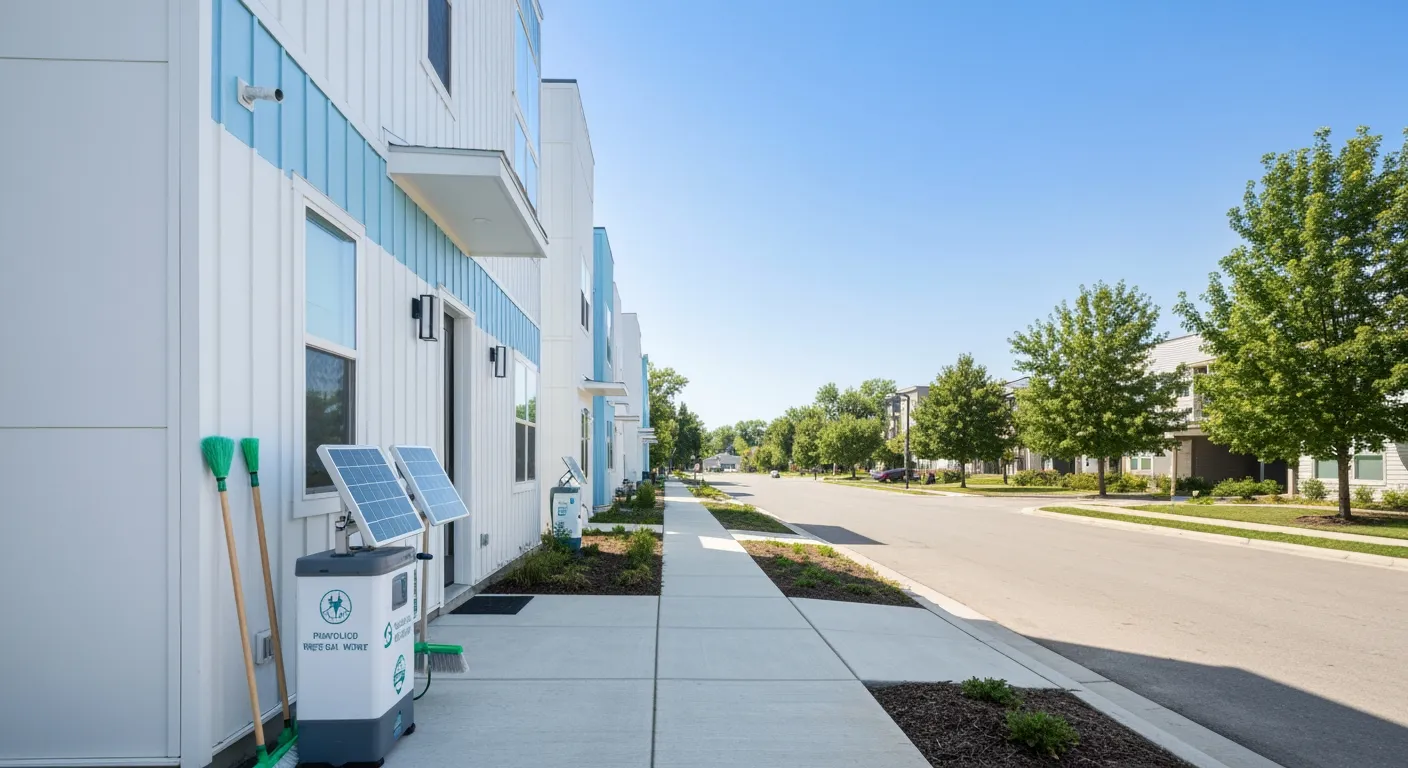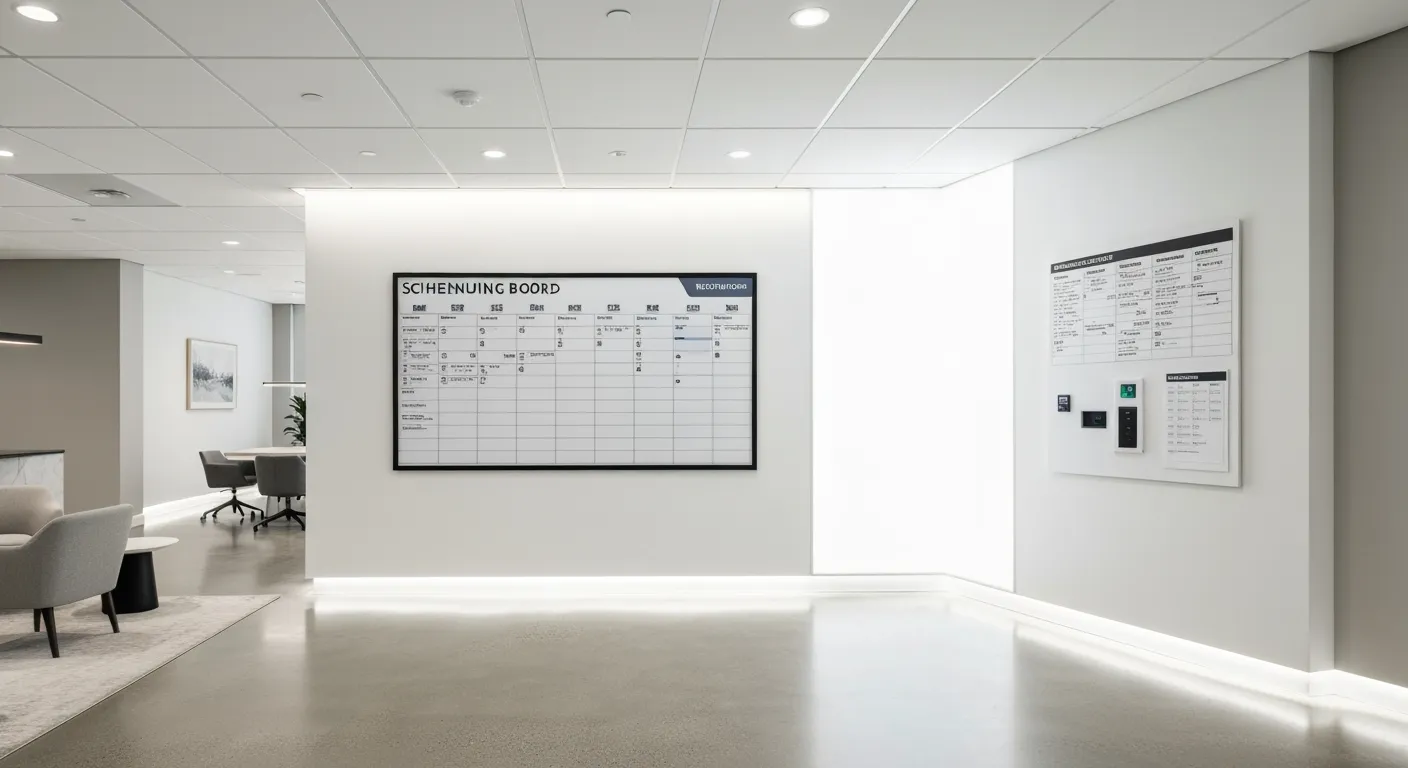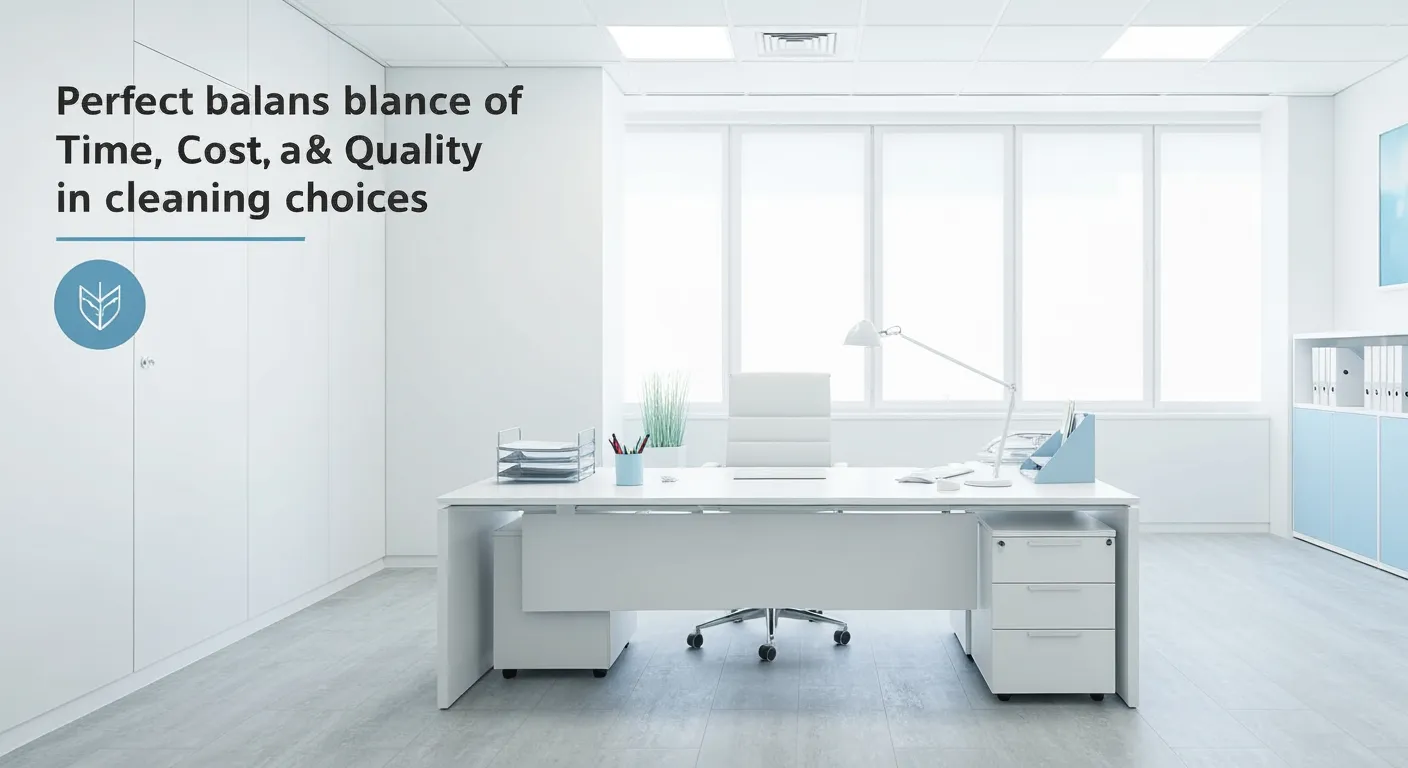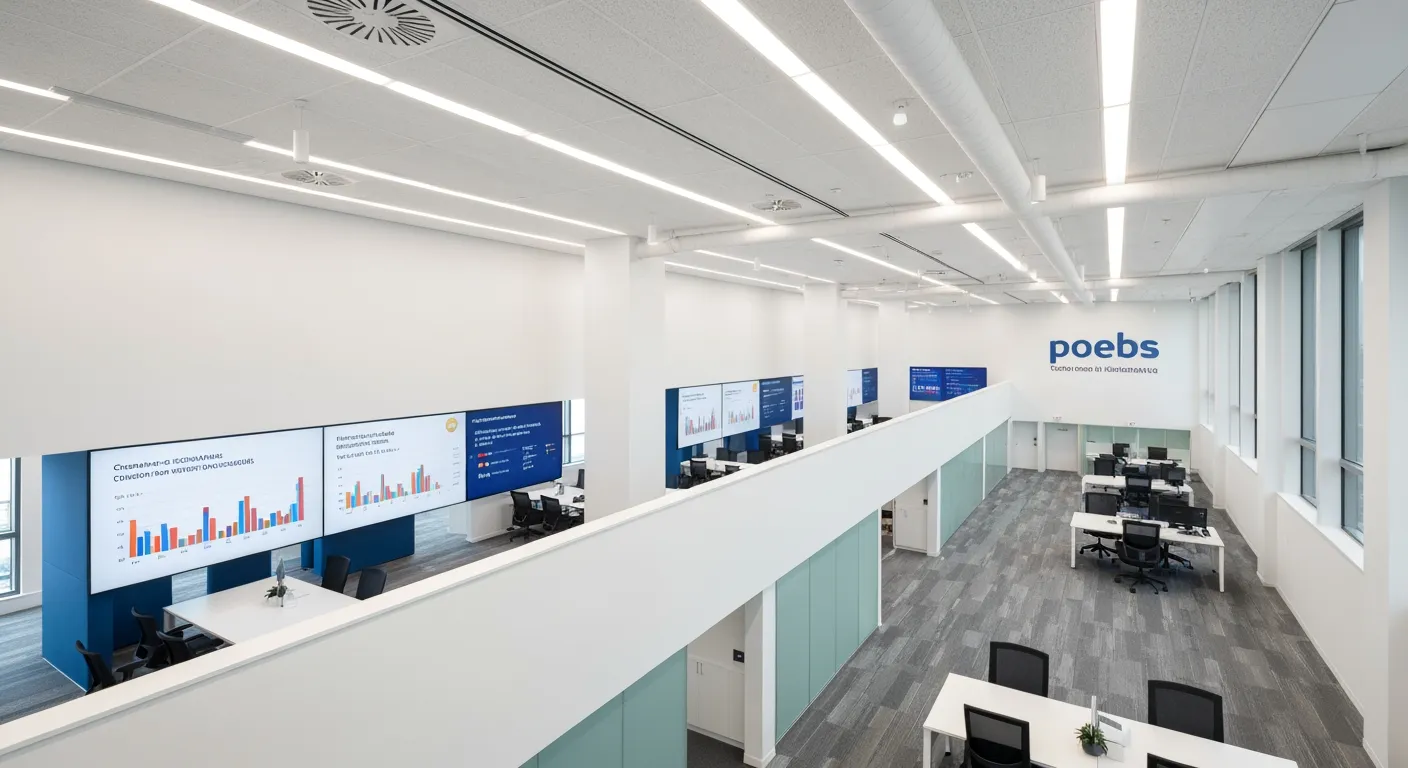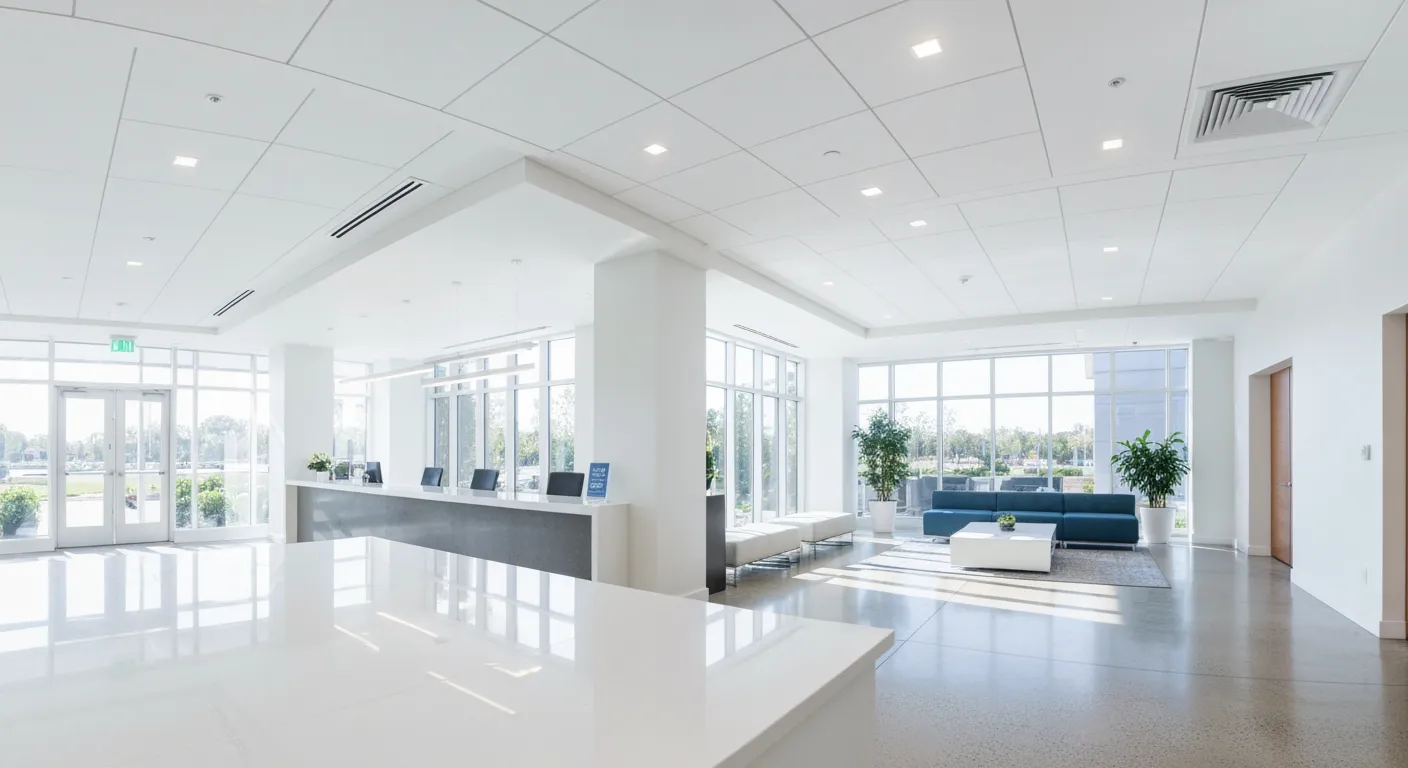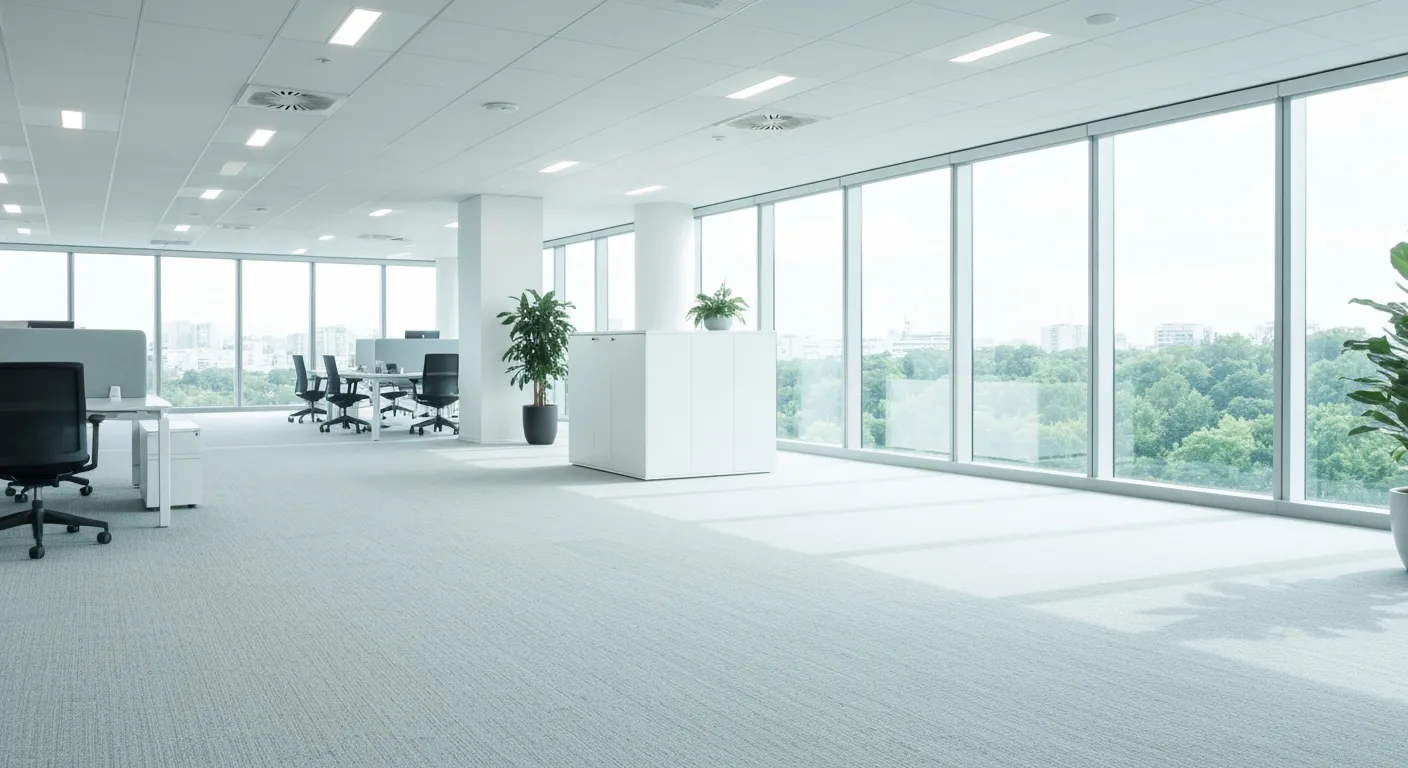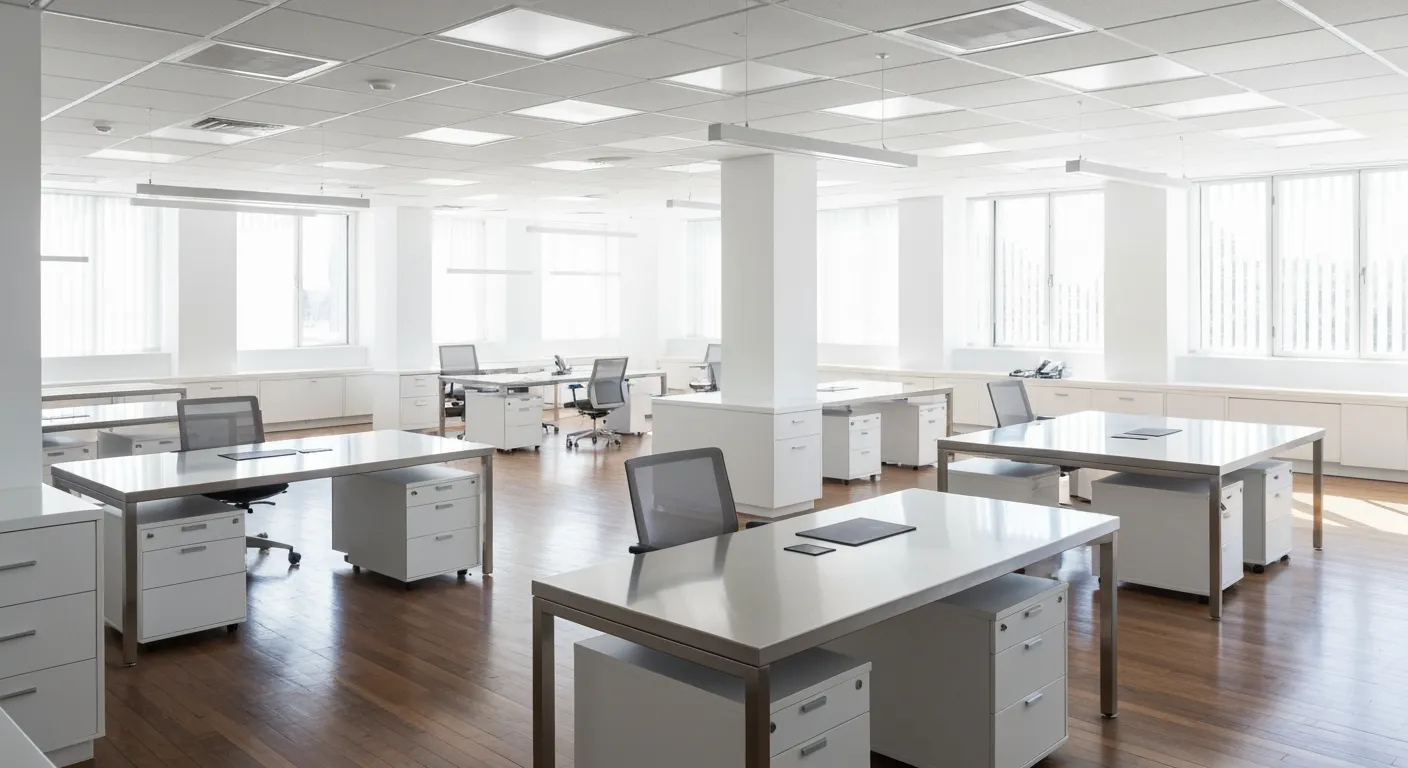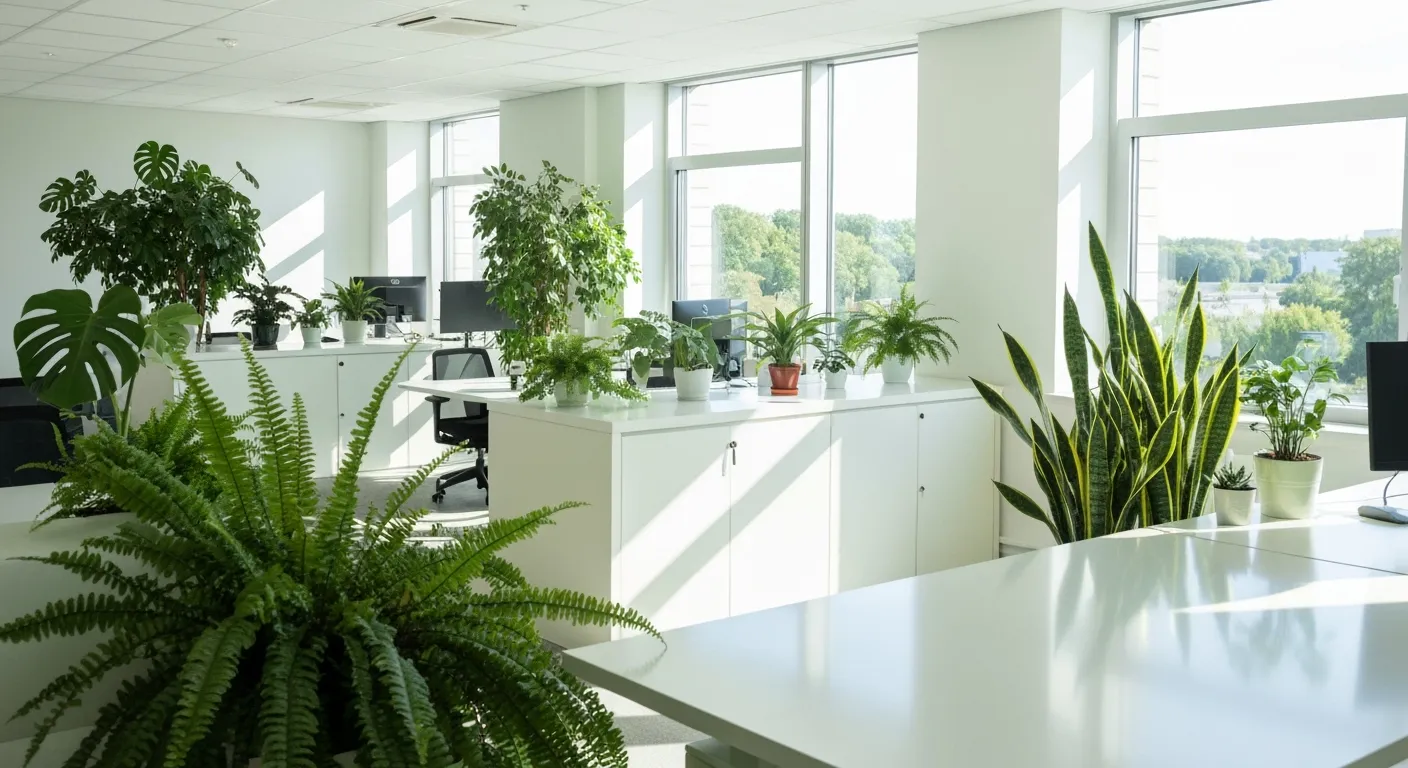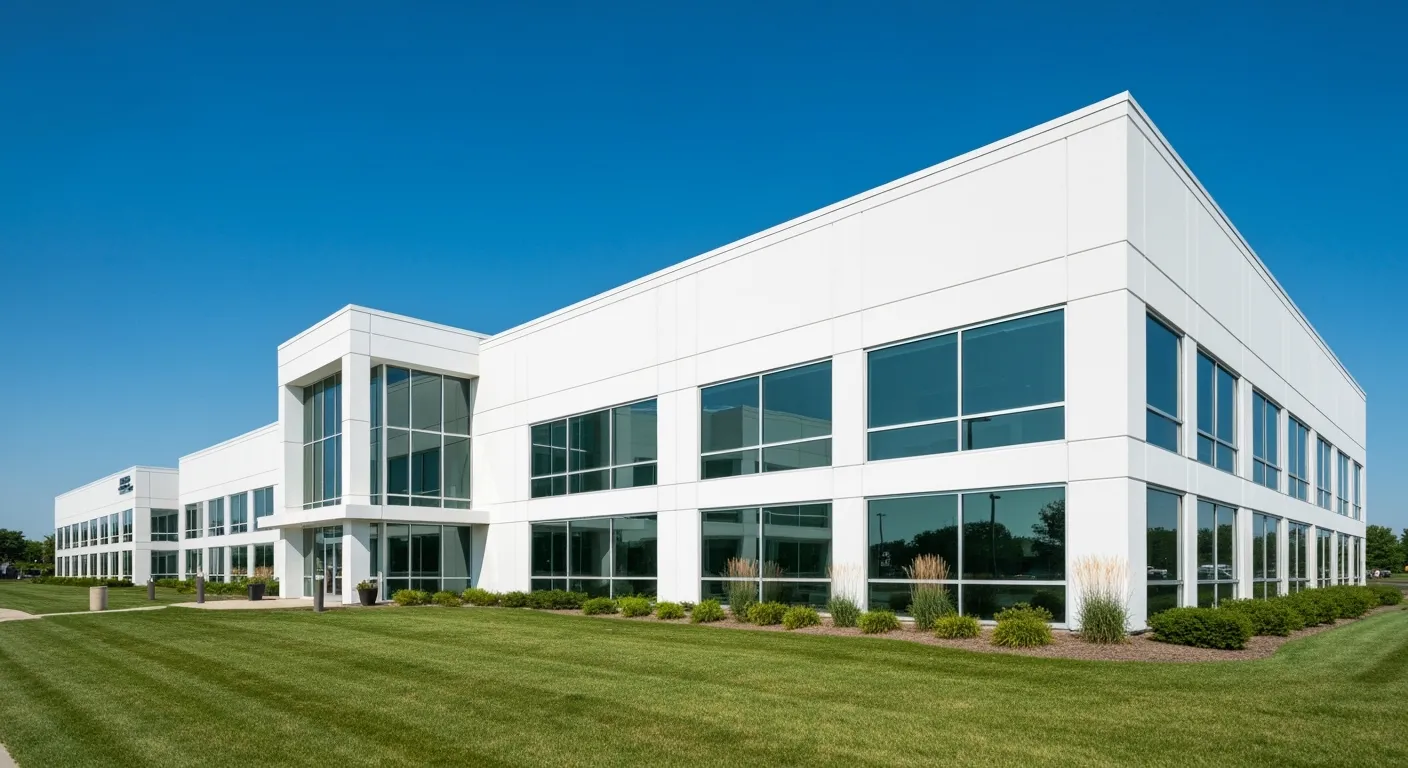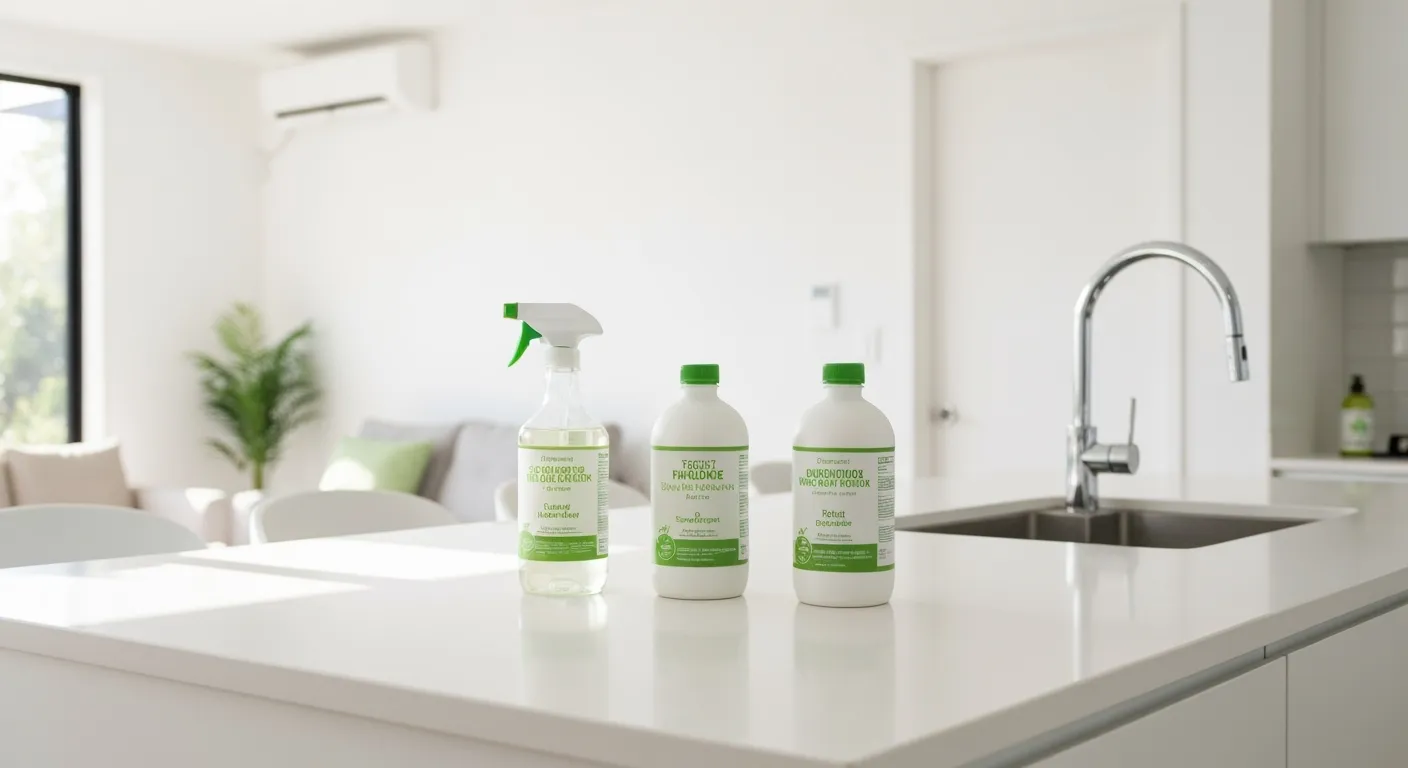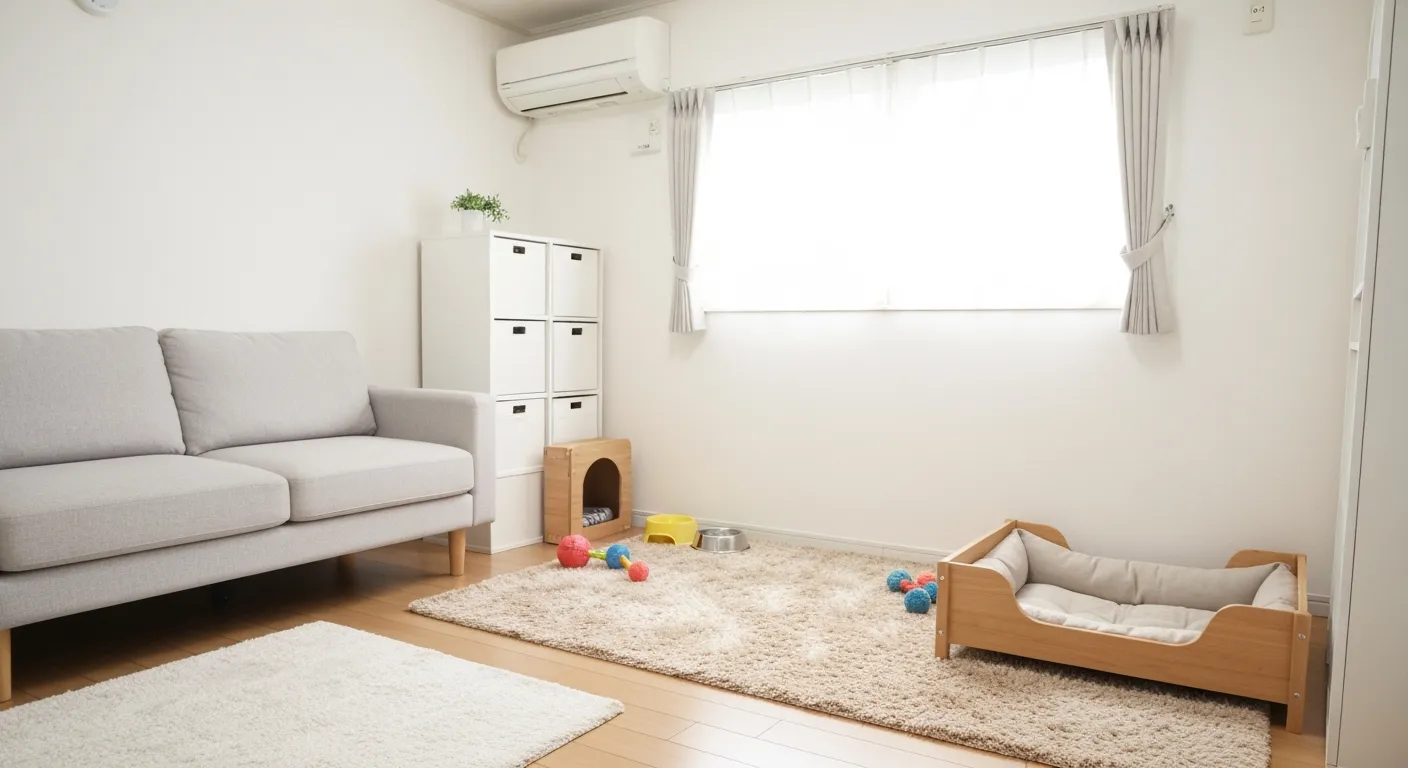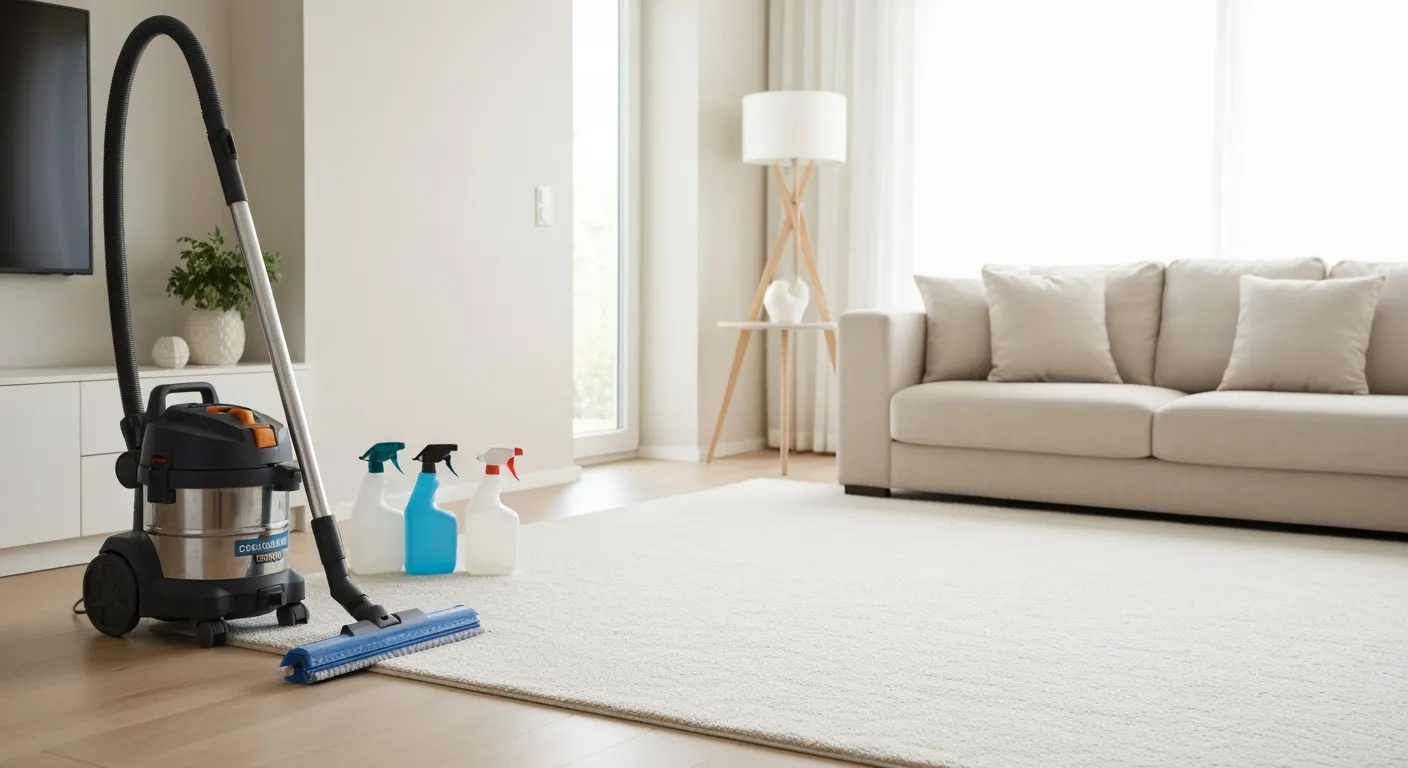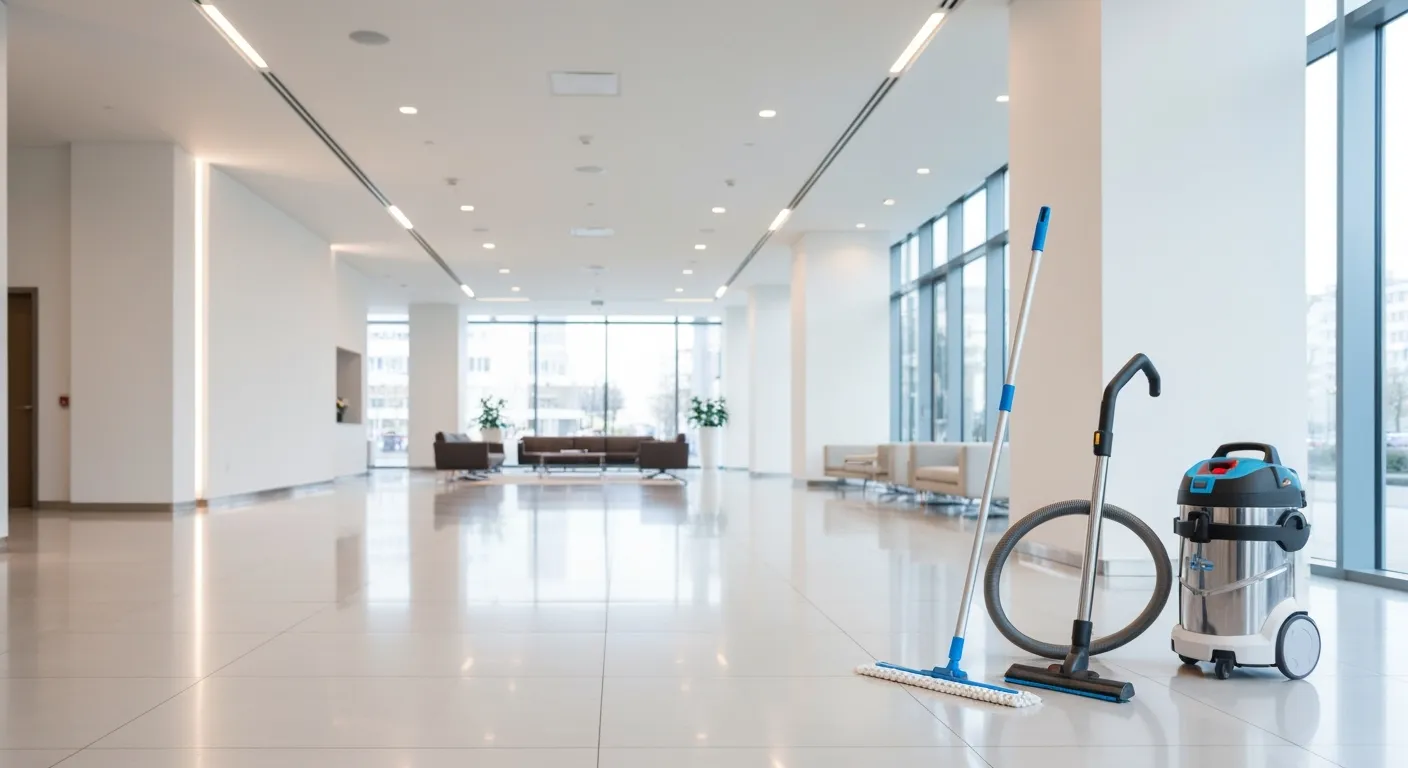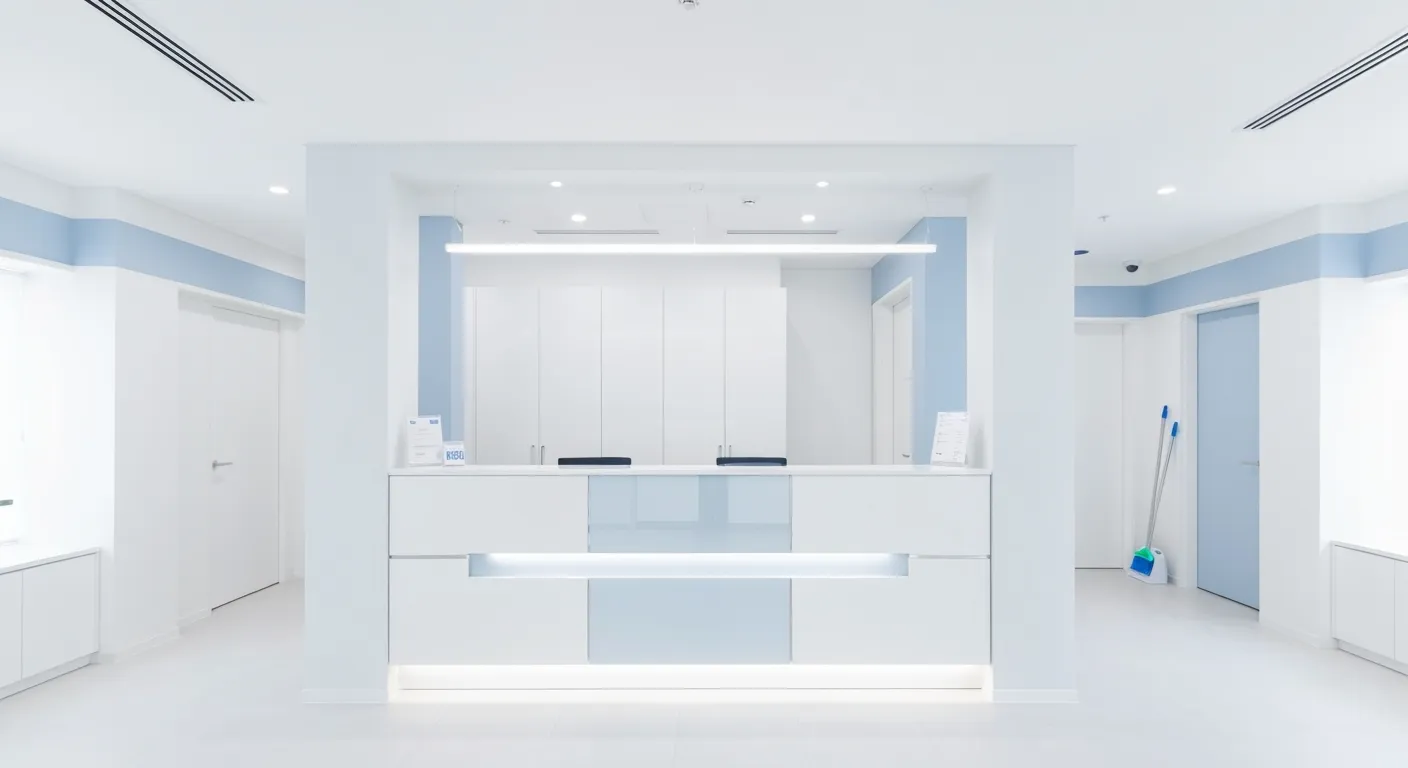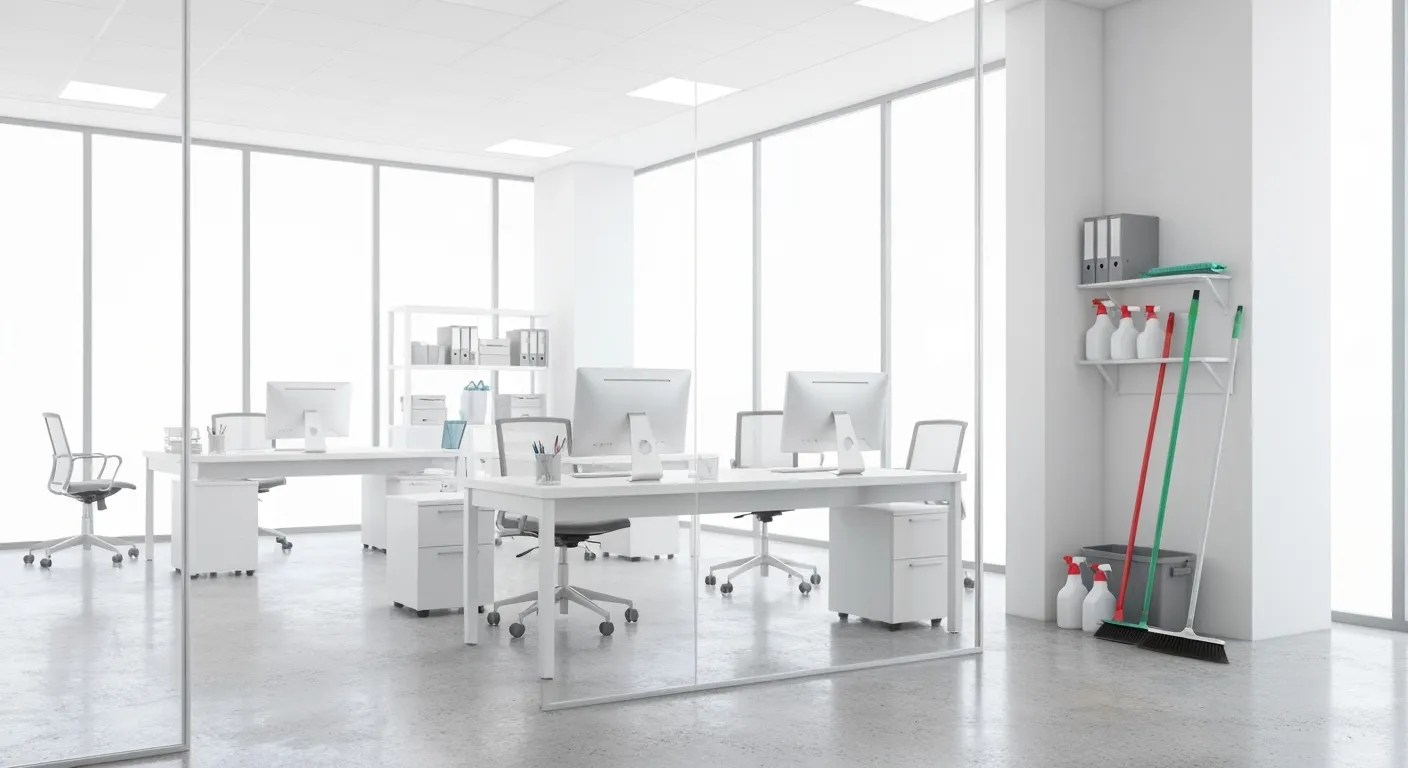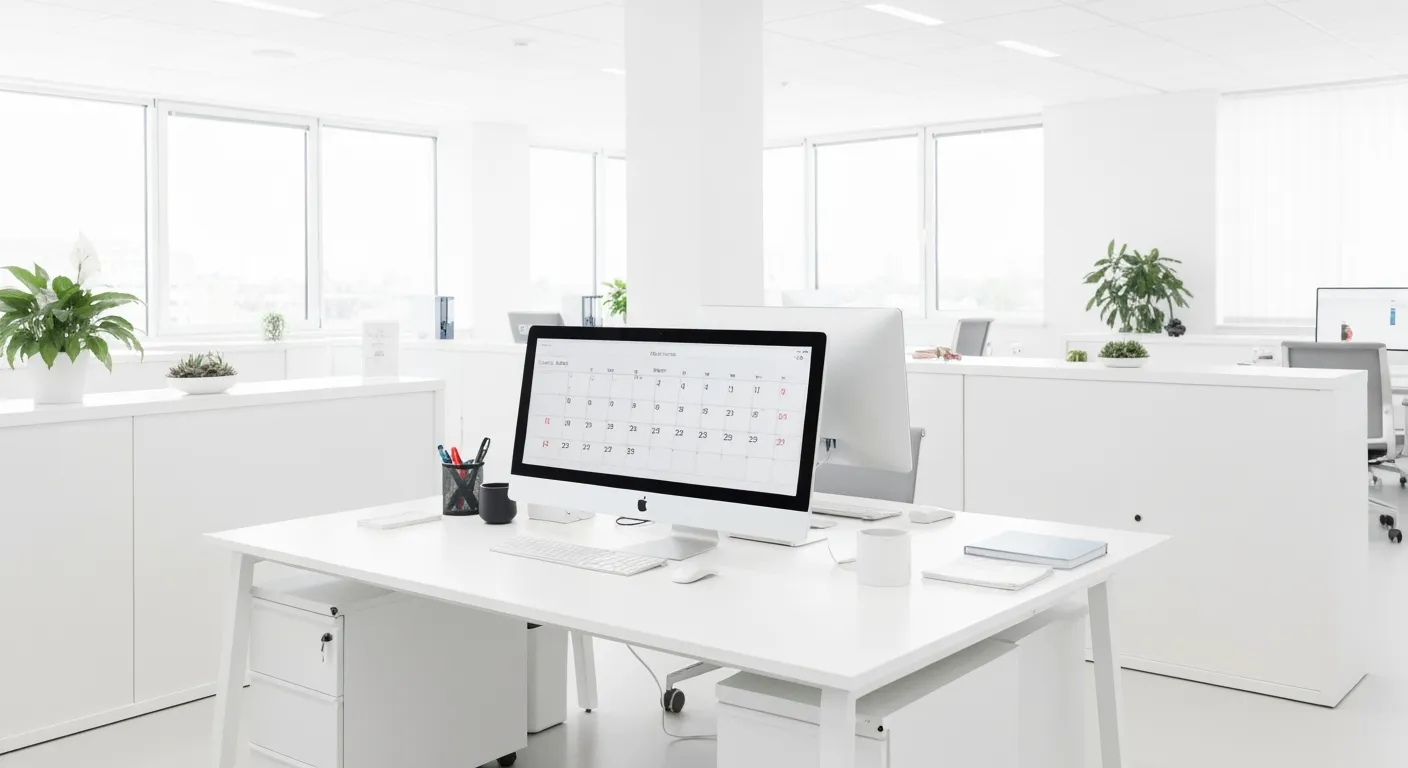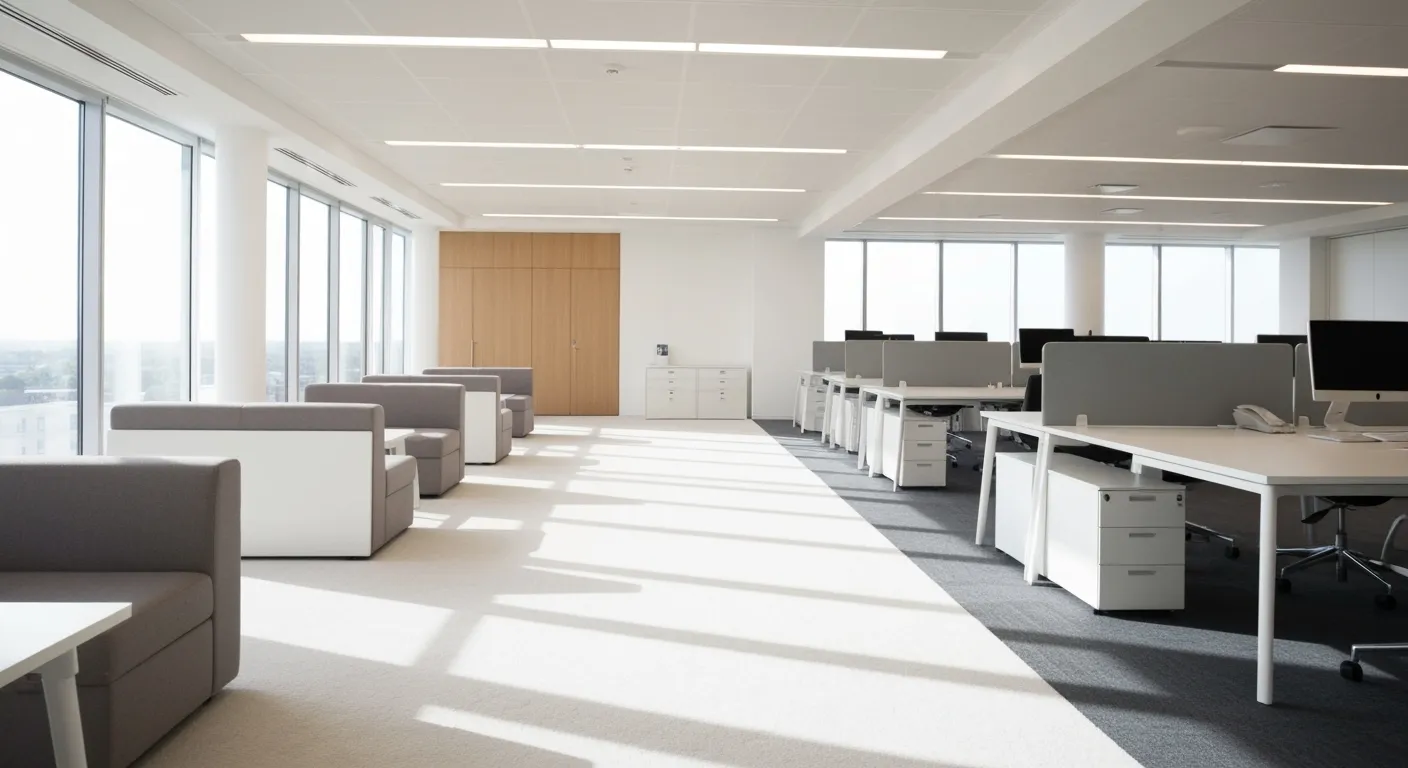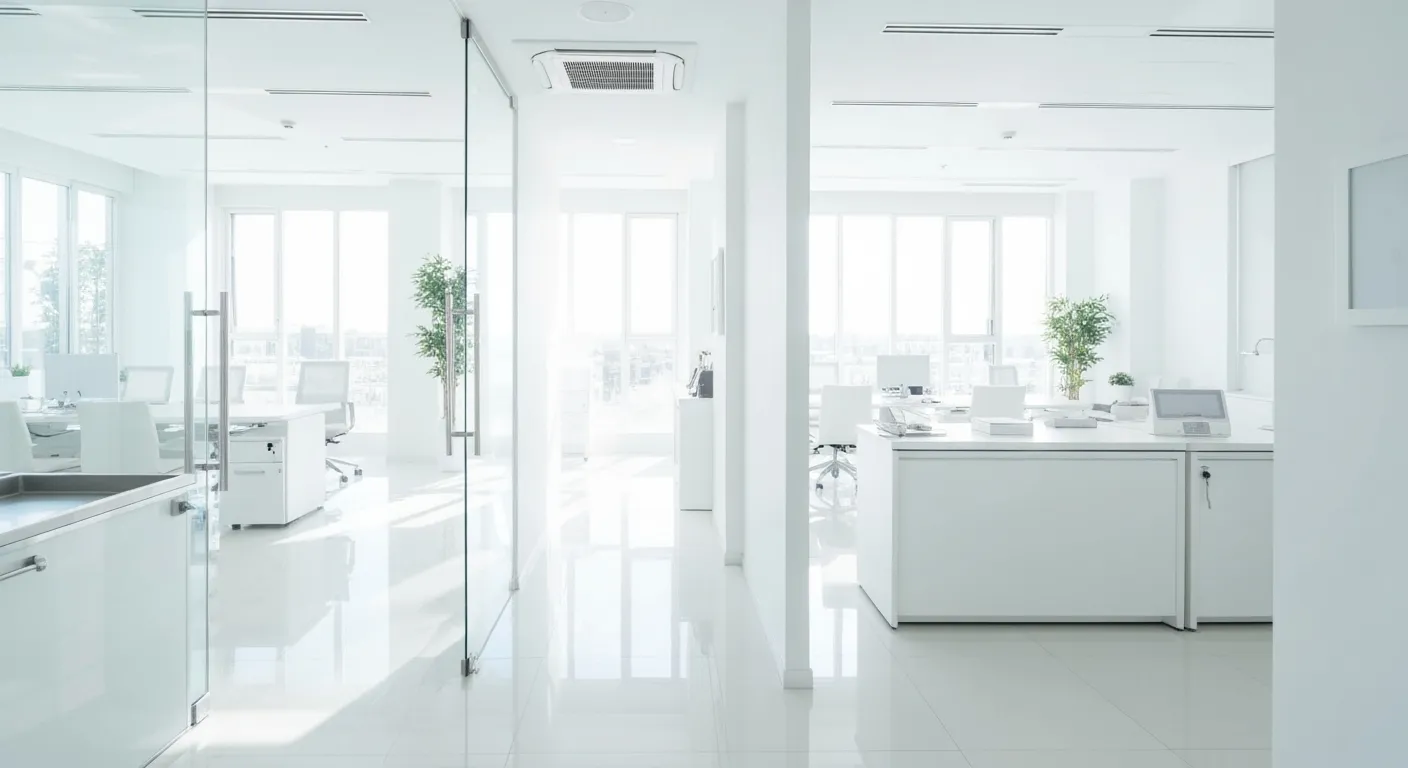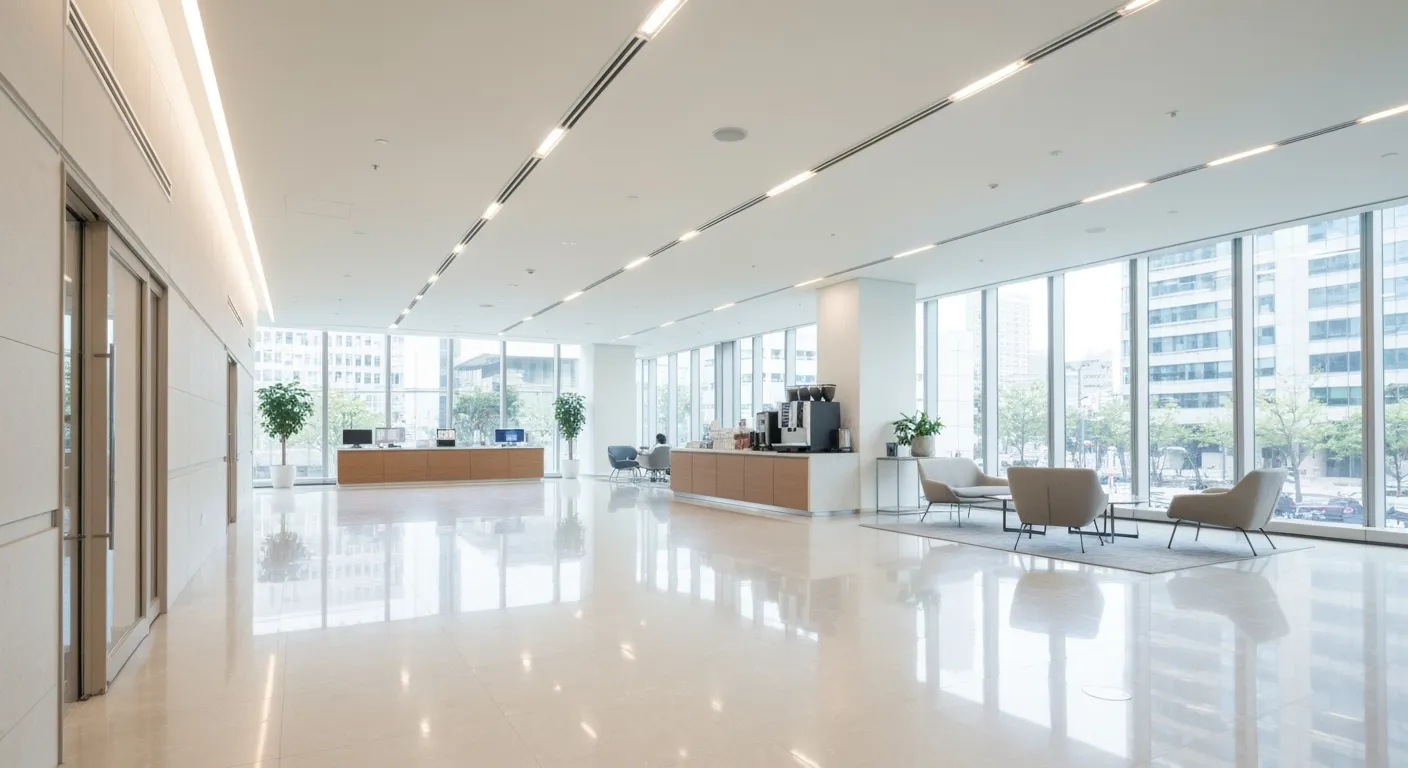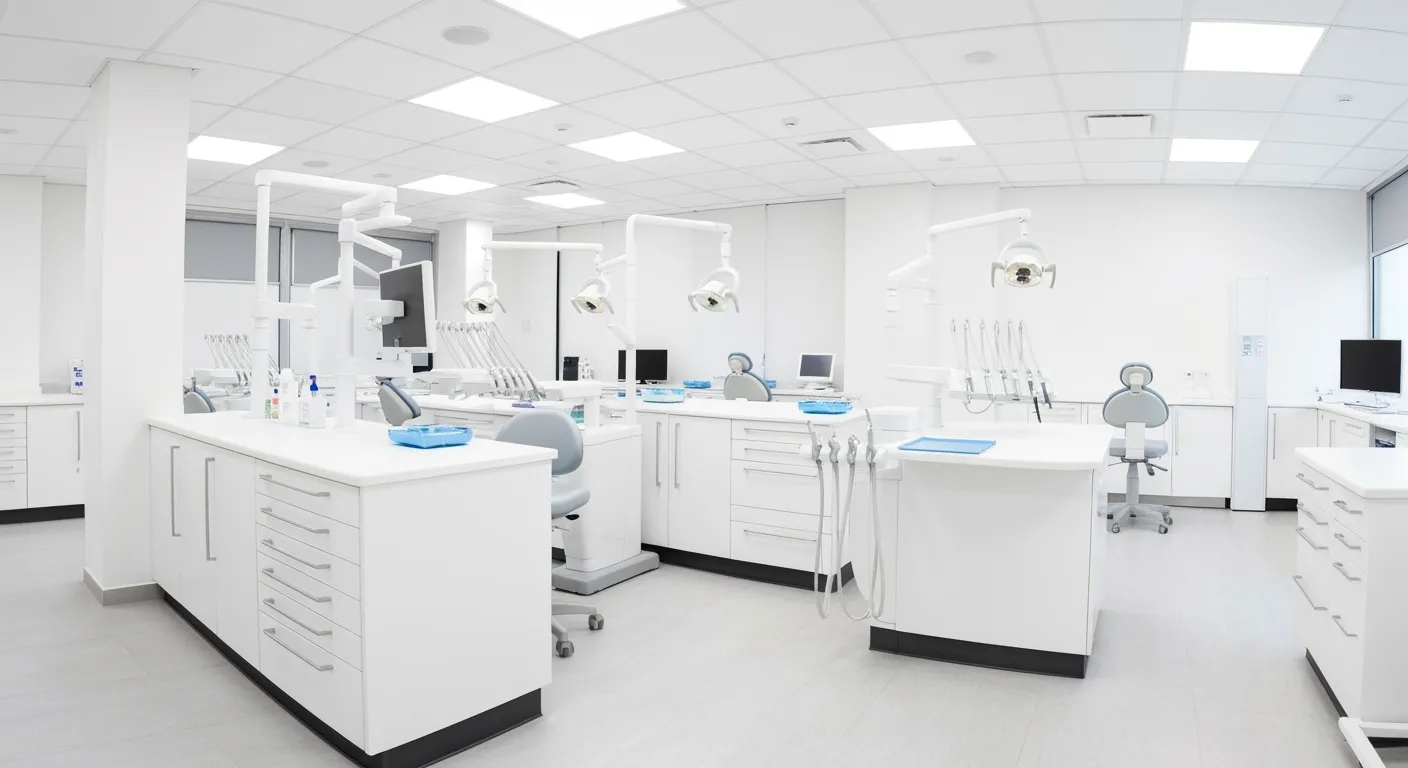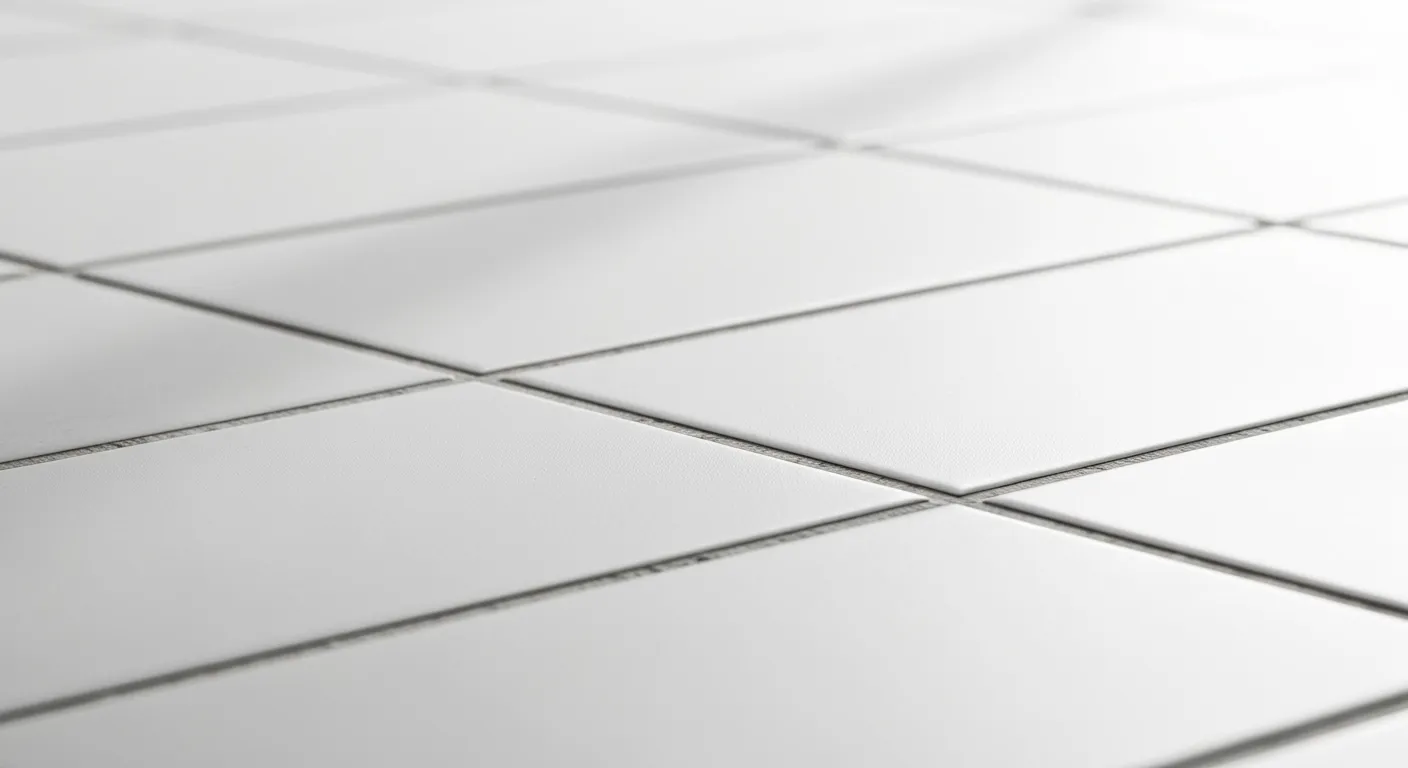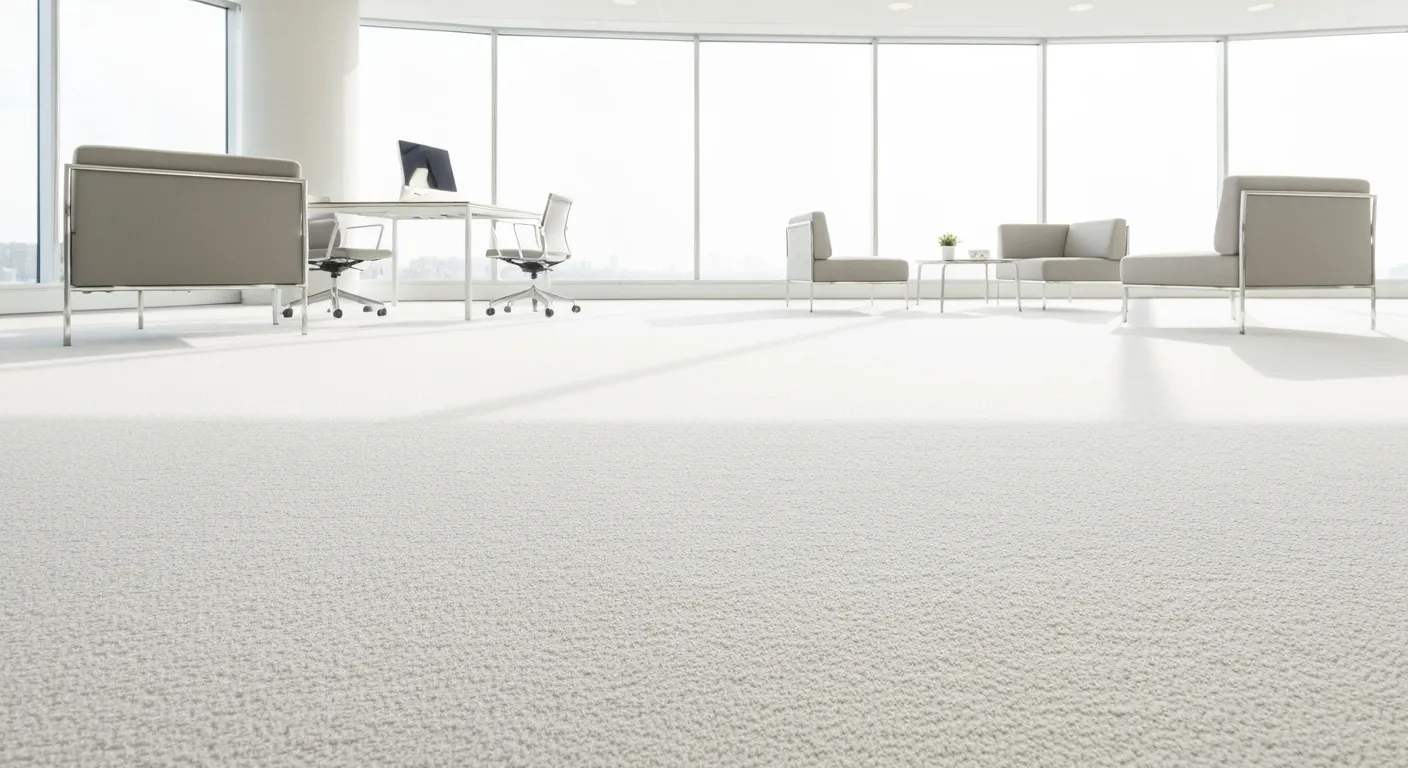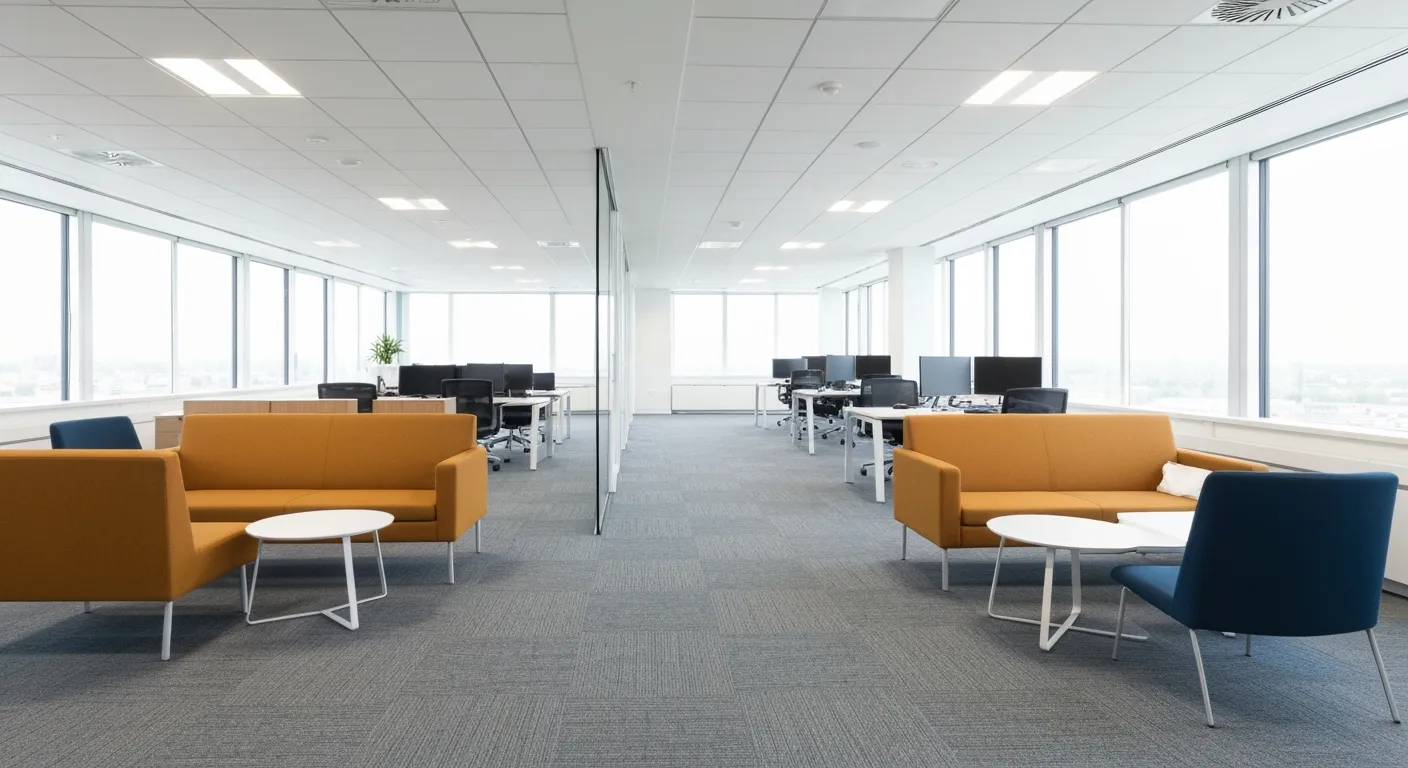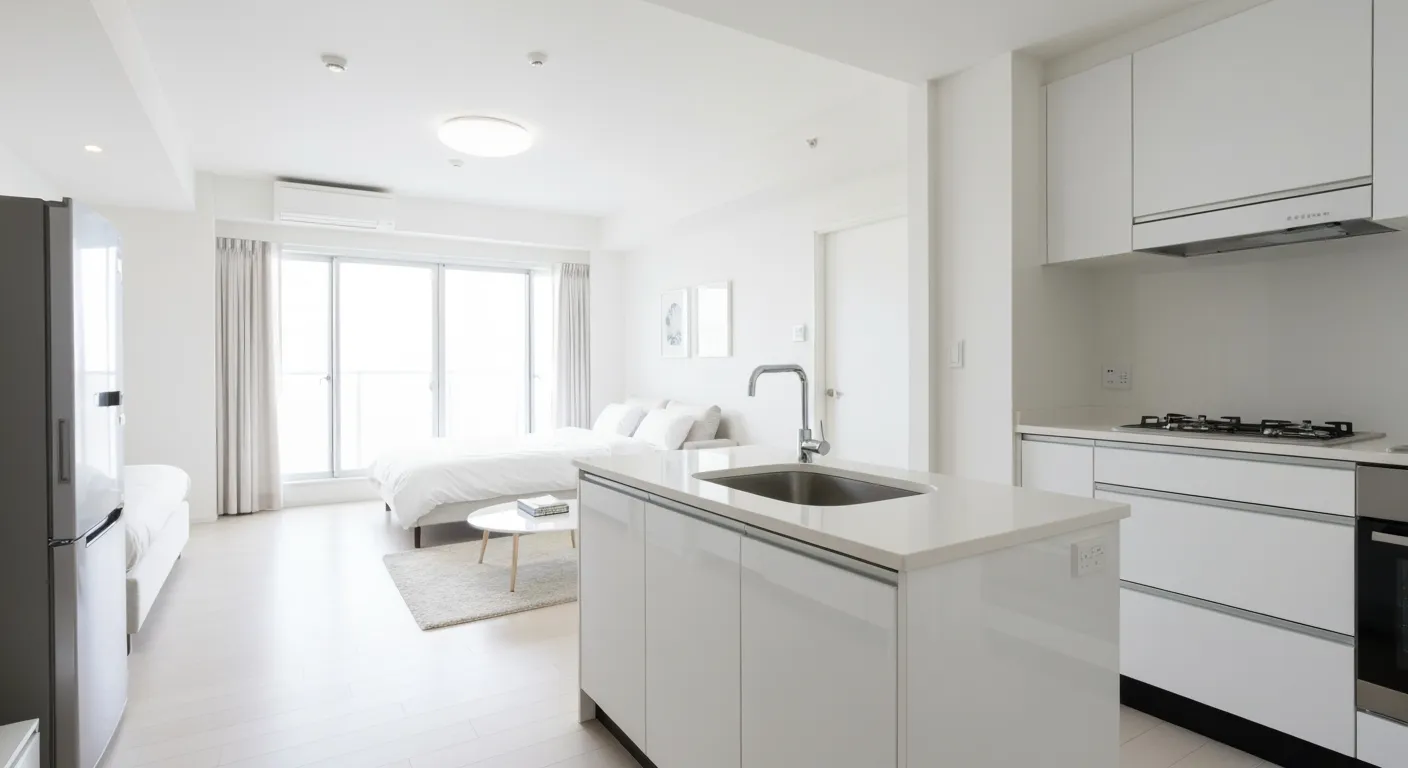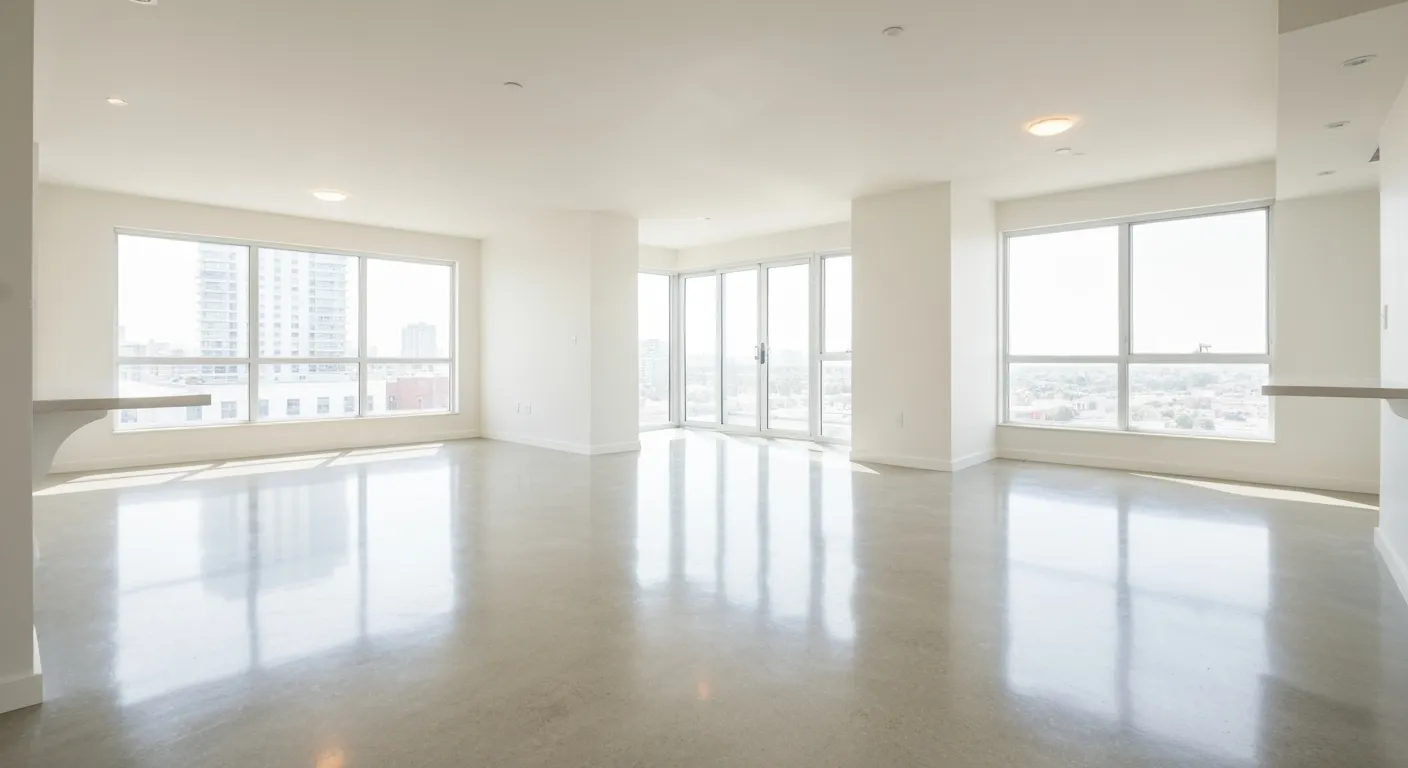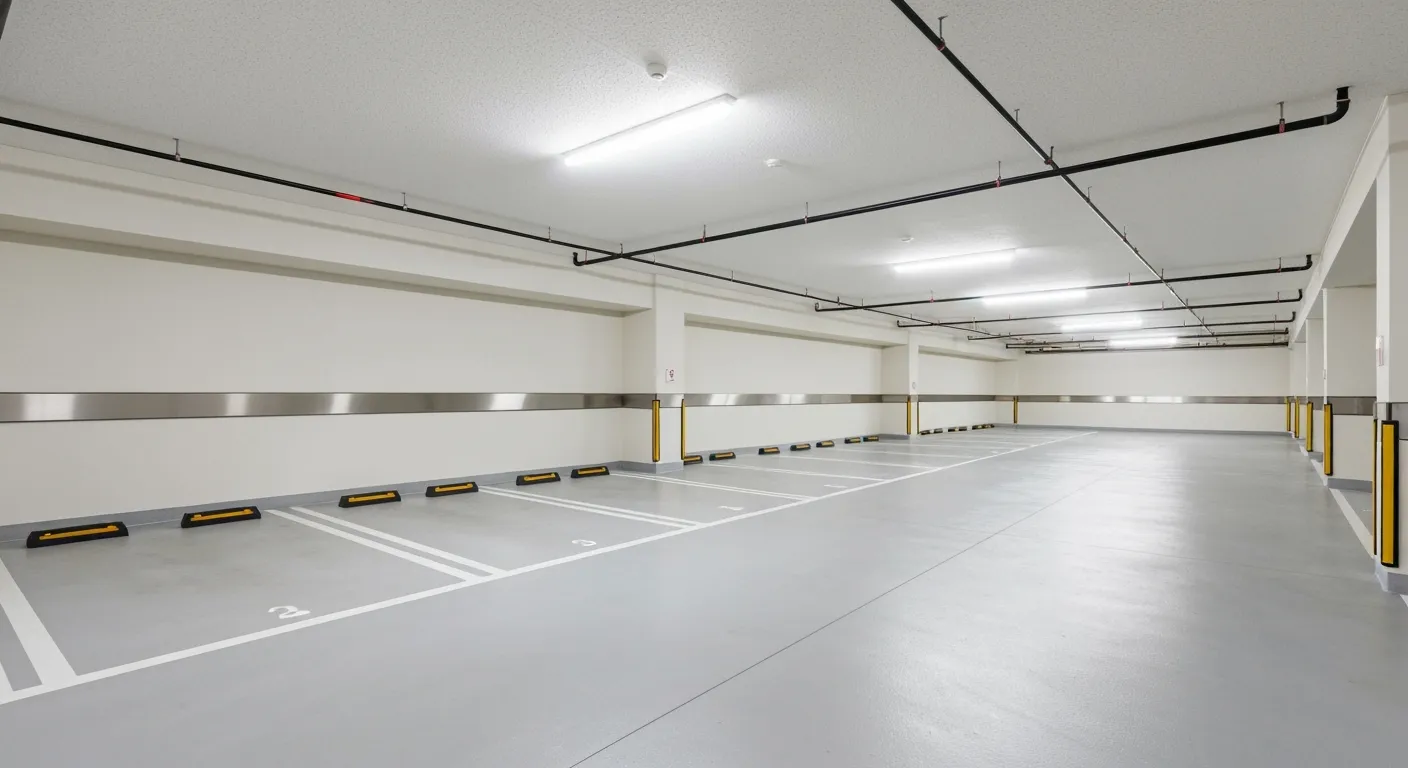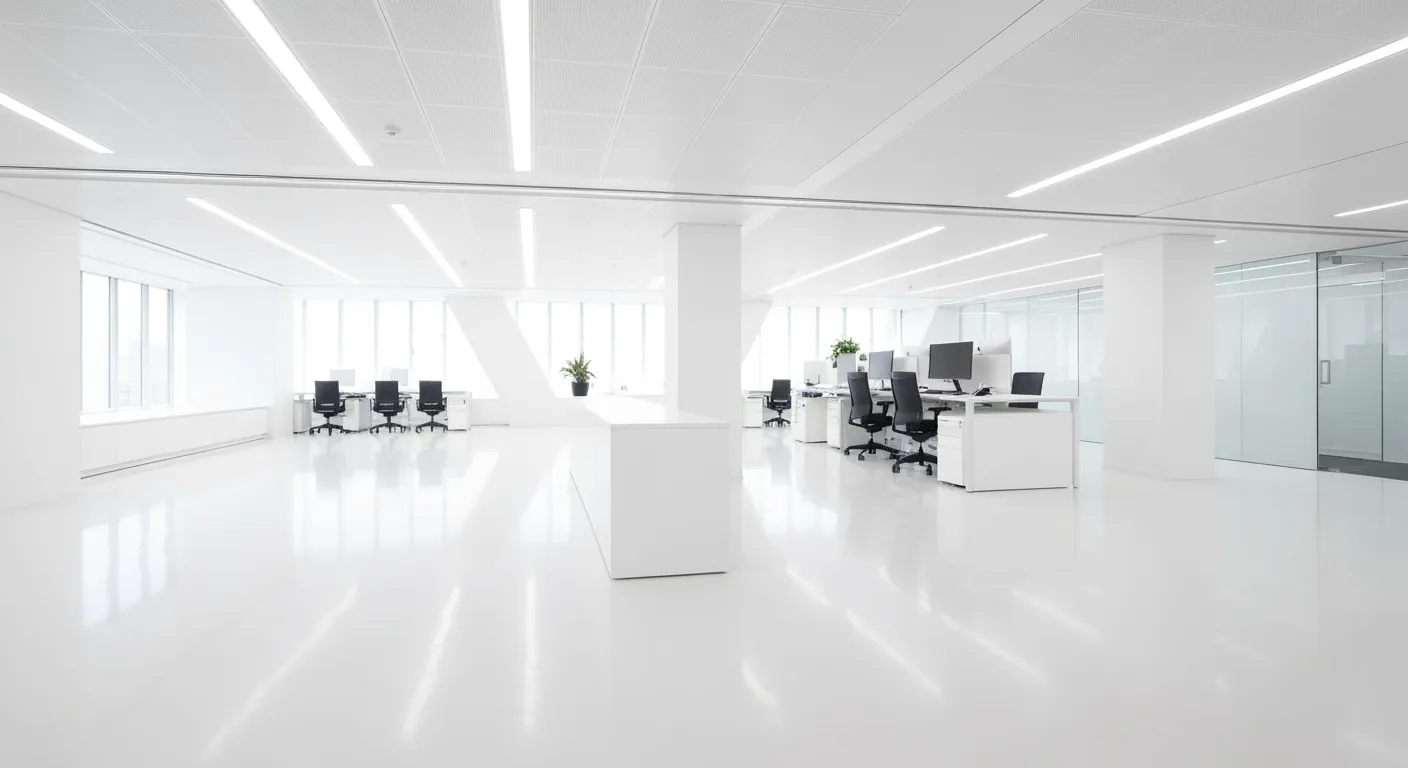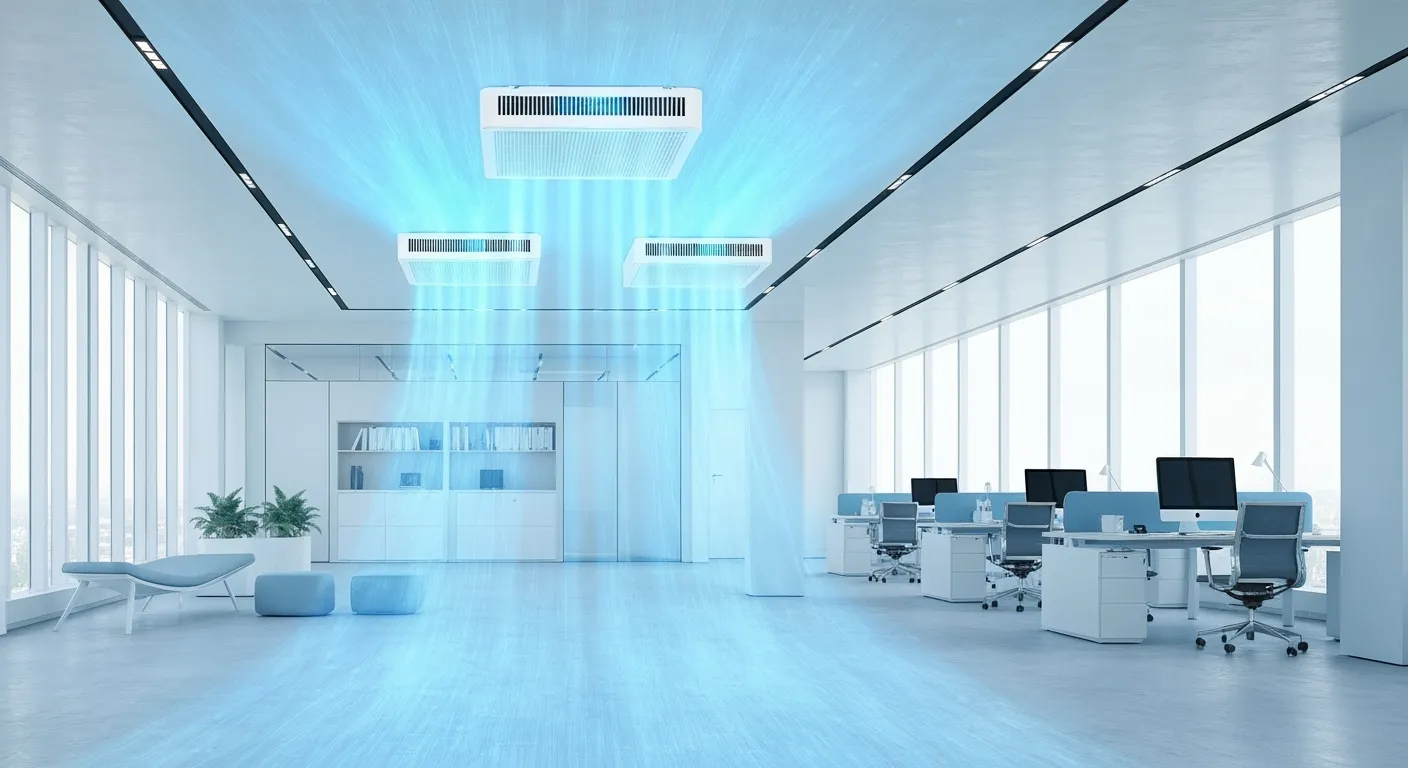Pre-Move-In Cleaning Expectations: Tenant Survey Results and Data

Setting the Stage for a Positive Move-In Experience
Moving into a new rental can be an exciting yet stressful phase, and one of the most critical factors influencing tenant satisfaction is the cleanliness of the property before arrival. This article delves into the essential standards, survey results, and data regarding pre-move-in cleaning expectations, outlining how landlords and property managers can meet and exceed tenant demands through effective cleaning strategies and communication.
Landlord Responsibilities and Legal Standards for Pre-Move-In Cleanliness

Is the landlord responsible for cleaning before moving in?
When tenants prepare to move into a new rental, they naturally expect the space to be clean and ready for habitation. Legally, landlords are typically not required to perform a deep clean before new tenants arrive, but they do have responsibilities related to providing a livable, sanitary environment.
Landlords should ensure that the property is free from excessive dirt, debris, and hazards. This includes cleaning key areas such as bathrooms, kitchens, floors, and walls to meet basic cleanliness standards. Additionally, they must address any health-related issues like mold, mildew, or pest infestations that could compromise health and safety.
A standard move-in condition should reflect a space that has been de-tracked from excessive dust or dirt and sanitized sufficiently. For instance, fixtures like sinks, toilets, and countertops should be hygienic, and surfaces cleaned to prevent potential health risks. If the property requires extensive cleaning beyond routine maintenance, tenants might choose to hire cleaning services. However, landlords are primarily responsible for providing a generally clean and safe environment from the outset.
In sum, although deep cleaning isn't always mandated by law, most jurisdictions expect landlords to deliver a property that meets standard cleanliness and safety levels, ensuring tenants can move in without concerns over health hazards or immediate cleaning tasks.
Comprehensive Cleaning Processes: What Pre-Move-In Cleaning Should Include

How should a rental property be cleaned before moving in?
A thorough pre-move-in cleaning is essential to ensure the property is spotless and ready for new tenants. Begin by inspecting the entire space for areas needing special attention, such as mold, pests, or water damage, and document these findings with photos for future reference. Deep cleaning tasks should include washing windows, wiping down all walls, baseboards, and trim, and dusting light fixtures, ceiling fans, and blinds.
Special attention must be given to the kitchen and bathrooms. Clean and sanitize appliances like the refrigerator, oven, microwave, and dishwasher. Scrub bathroom fixtures, grout, and tiles to remove soap scum and bacteria, ensuring sanitary conditions. Disinfect doorknobs, switches, and light switches, and replace any dead bulbs.
Cleaning carpets and textiles, such as curtains or rugs, should be prioritized, often requiring professional steam cleaning to remove deep-seated dirt and allergens. Additionally, check and clean the laundry area thoroughly.
Conclude with a walkthrough to verify that the property is pristine, free of pests, and any issues are addressed promptly. This comprehensive approach facilitates a smooth transition for new tenants or owners.
What do move-in and move-out cleaning services typically include?
Move-in and move-out cleaning services cover extensive cleaning tasks to restore the property to a high standard. Professionals typically clean all interior surfaces, including walls, fixtures, appliances, furniture, windowsills, and baseboards. Special attention is paid to hard-to-reach areas, behind appliances, and high surfaces.
Carpet cleaning is often part of the service, utilizing vacuuming and steam cleaning for deep sanitation. Kitchen and bathroom cleaning involves disinfecting all surfaces, cleaning grout and tiles, and washing windows. Removing dust and debris from vents and light fixtures ensures the space is fresh.
These services commonly employ quality equipment such as high-grade vacuums, steamers, biodegradable detergents, and microfiber cloths to achieve a high level of cleanliness efficiently. The goal is to prepare the unit for new occupants or restore it in excellent condition, providing a fresh, welcoming environment.
Core Focus Areas During Inspection and Cleaning
| Area of Focus | Tasks | Additional Notes |
|---|---|---|
| Exterior & Entry | Inspection, minor repairs, cleaning entrance | Photos taken for documentation |
| Interior Surfaces | Walls, ceilings, floors | Look for damages or stains |
| Kitchen & Appliances | Deep cleaning, sanitization | Including inside appliances |
| Bathrooms | Fixtures, grout, tiles | Disinfect thoroughly |
| Carpets & Upholstery | Steam cleaning | Remove stains and allergens |
| Documentation | Photos and notes | Record property condition before move-in |
Maintaining a regular cleaning schedule after the initial work helps preserve the property's condition, ensuring tenant satisfaction and property value retention.
Establishing Benchmarks and Best Practices to Ensure Tenant Satisfaction

What are the expectations and benchmarks for pre-move-in cleaning processes to meet tenant satisfaction?
To ensure that new tenants have a positive first impression, pre-move-in cleaning must adhere to well-defined standards. These benchmarks typically include comprehensive cleaning of all areas within the property, such as kitchens, bathrooms, living spaces, and exterior features.
A thorough cleaning checklist is integral to this process. It covers dusting, mopping, vacuuming, disinfecting surfaces, and cleaning appliances and fixtures. Special attention should be given to high-touch areas such as door handles, switches, and countertops to promote health and hygiene.
Property managers often perform an inspection using these checklists to verify that cleaning activities meet high-quality standards before tenants move in. Documenting the condition of the property with photos and notes during this inspection provides a clear record, reducing potential disputes.
Effective communication with tenants is also vital. Informing tenants about what the cleaning process includes and encouraging feedback after move-in helps gauge satisfaction. If issues are identified, prompt action to rectify any problems maintains trust and demonstrates a commitment to quality.
Establishing these practices ensures tenants move into a clean, inviting space, contributing significantly to their overall satisfaction and the property's reputation.
Insights from Tenant Surveys: Cleaning and Its Impact on Tenant Retention

How does cleaning before move-in impact tenant satisfaction and retention?
Cleaning prior to a tenant’s move-in is essential for establishing a positive living experience from the start. When a property is thoroughly cleaned, it creates a hygienic, inviting, and aesthetically pleasing environment that helps new tenants feel at home immediately.
Surveys consistently show that tenants perceive cleanliness as a reflection of the landlord's care and attention to detail. This initial impression significantly influences their overall satisfaction with the property. When tenants walk into a spotless unit, it builds trust and shows that their comfort and health are prioritized.
The data indicates that properties cleaned meticulously before move-in see higher satisfaction ratings and longer lease renewals. A clean environment reduces the likelihood of early complaints and maintenance issues, such as pest infestations or mold, which can be side effects of neglect.
From a psychological perspective, a clean home fosters a sense of pride and well-being. It encourages tenants to maintain the space and take ownership, resulting in less wear and tear over time.
Overall, the connection between pre-move-in cleaning and tenant retention is clear: a clean start not only impresses tenants but also sets a foundation for ongoing satisfaction, trust, and loyalty.
Guidelines for Property Managers to Meet and Exceed Move-In Cleaning Expectations

Inspection and documentation protocols
A thorough inspection is the foundation of a successful move-in process. Property managers should conduct a detailed walkthrough of the unit alongside the new tenant, noting every detail of the condition. During this process, it's important to document the property's state with photos and written notes that capture the condition of walls, fixtures, appliances, and flooring. This documentation serves as a benchmark for future inspections and helps resolve disputes if they arise.
Routine cleaning schedules
Maintaining the property’s cleanliness is an ongoing responsibility. Establishing a regular cleaning routine is essential for preserving the unit’s condition. This includes scheduling deep cleans for high-traffic areas such as kitchens and bathrooms and regular upkeep of common areas. Prioritizing tasks based on urgency — like addressing leaks or broken fixtures immediately — helps sustain a healthy and appealing environment.
Communication strategies with tenants
Clear communication from the outset shapes tenants' expectations. Before move-in, property managers should articulate cleaning responsibilities, such as ensuring carpets are steam cleaned or appliances are spotless, especially if pets or smoking are involved. Providing a detailed cleaning checklist and repair instructions minimizes misunderstandings. Regular updates and open dialogue foster a cooperative atmosphere.
Preparing the property for move-in
Before tenants arrive, conduct a comprehensive cleaning and repair session. This includes addressing issues found during inspections—fixing leaky faucets, replacing damaged tiles, or updating fixtures to boost appeal. High standards of cleaning and sanitization, often performed by professional services, are critical, particularly for pest prevention and hygiene. Refreshing elements like walls or carpets also enhances marketability.
Post-cleaning evaluation
After cleaning and repairs, a final review ensures quality standards are met. Conduct a walk-through inspection with the tenant to verify that the property meets cleanliness and safety expectations. Use this opportunity to show the tenants any updated features and provide essential information about utilities and maintenance.
Documentation and ongoing maintenance
Throughout the process, take photos and notes to record the property’s condition. This documentation is valuable for future reference or if disagreements occur. Establishing a routine schedule for cleaning and maintenance helps uphold the property’s condition over time, ensuring a positive move-in experience and long-term property value.
Achieving Excellence in Pre-Move-In Cleaning for Tenant Satisfaction and Retention
The foundation of a positive tenant-landlord relationship often begins before the tenant even steps foot inside the unit. Ensuring high standards in pre-move-in cleaning not only fulfills landlords’ responsibilities but fundamentally impacts tenant satisfaction, retention, and the overall perception of the rental experience. By adhering to best practices—from thorough inspections and strategic cleaning plans to transparent communication and tenant collaboration—property managers can create welcoming environments that tenants appreciate and trust. Ultimately, investing in clean, well-prepared properties sets the stage for successful, long-term tenancies and fosters a thriving community within rental markets.
References
- How to Manage Tenant Cleanliness in the Property
- Does a Landlord Have to Clean Before I Move In
- How To Clean Out An Apartment Before Move In
- Ultimate Move-In Cleaning Checklist For Your New Home
- Moving to a New Home? Use This 3-Month Moving Checklist
- Your Daily, Weekly, & Monthly Cleaning Checklist
- 50+ Moving Resources: Guides, Tips, & Hacks | Space Wise
- How Regular Property Maintenance Improves Tenant Retention
- How a Clean Property Can Increase Tenant Retention
- How to Maintain a Clean and Safe Property for Tenants


